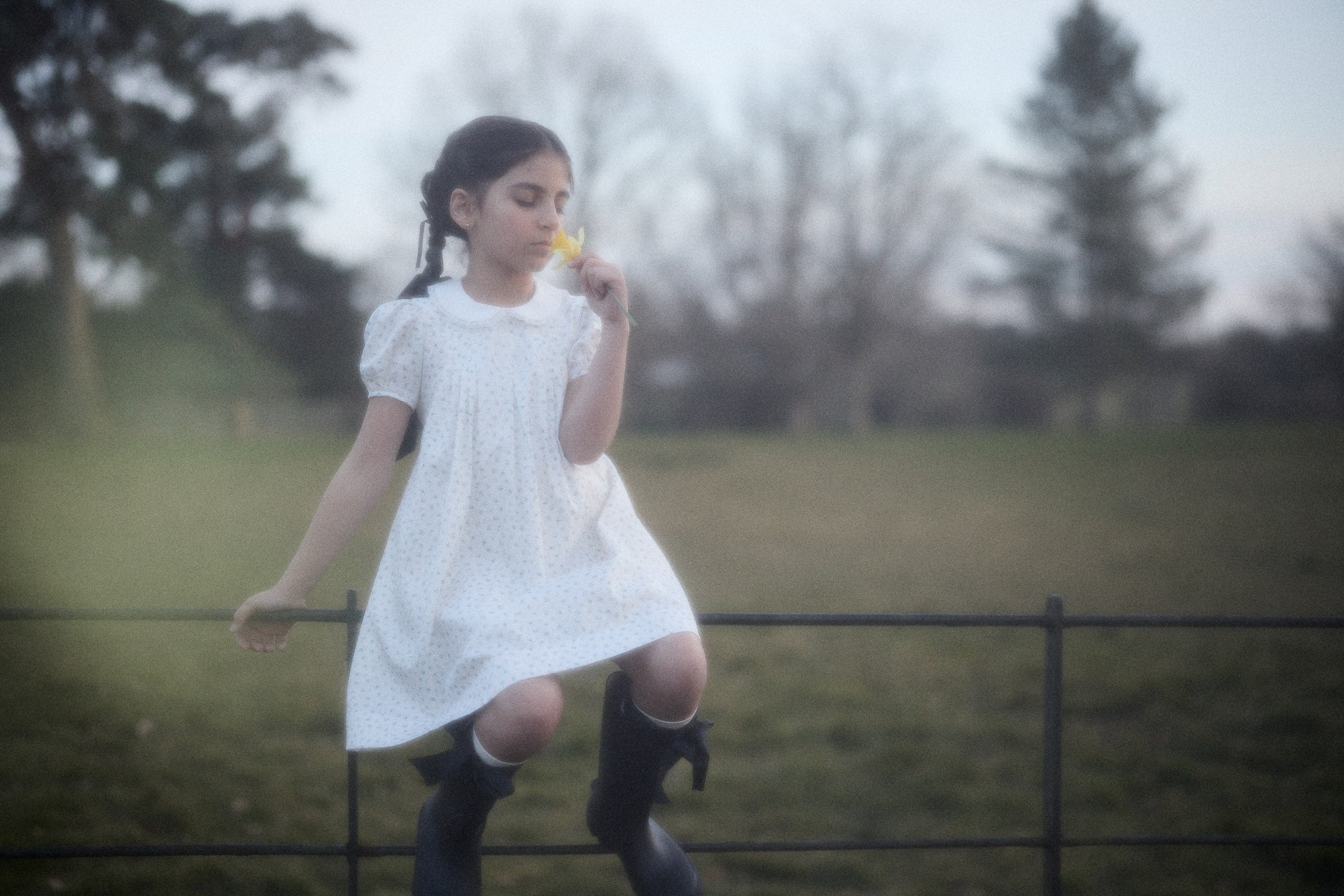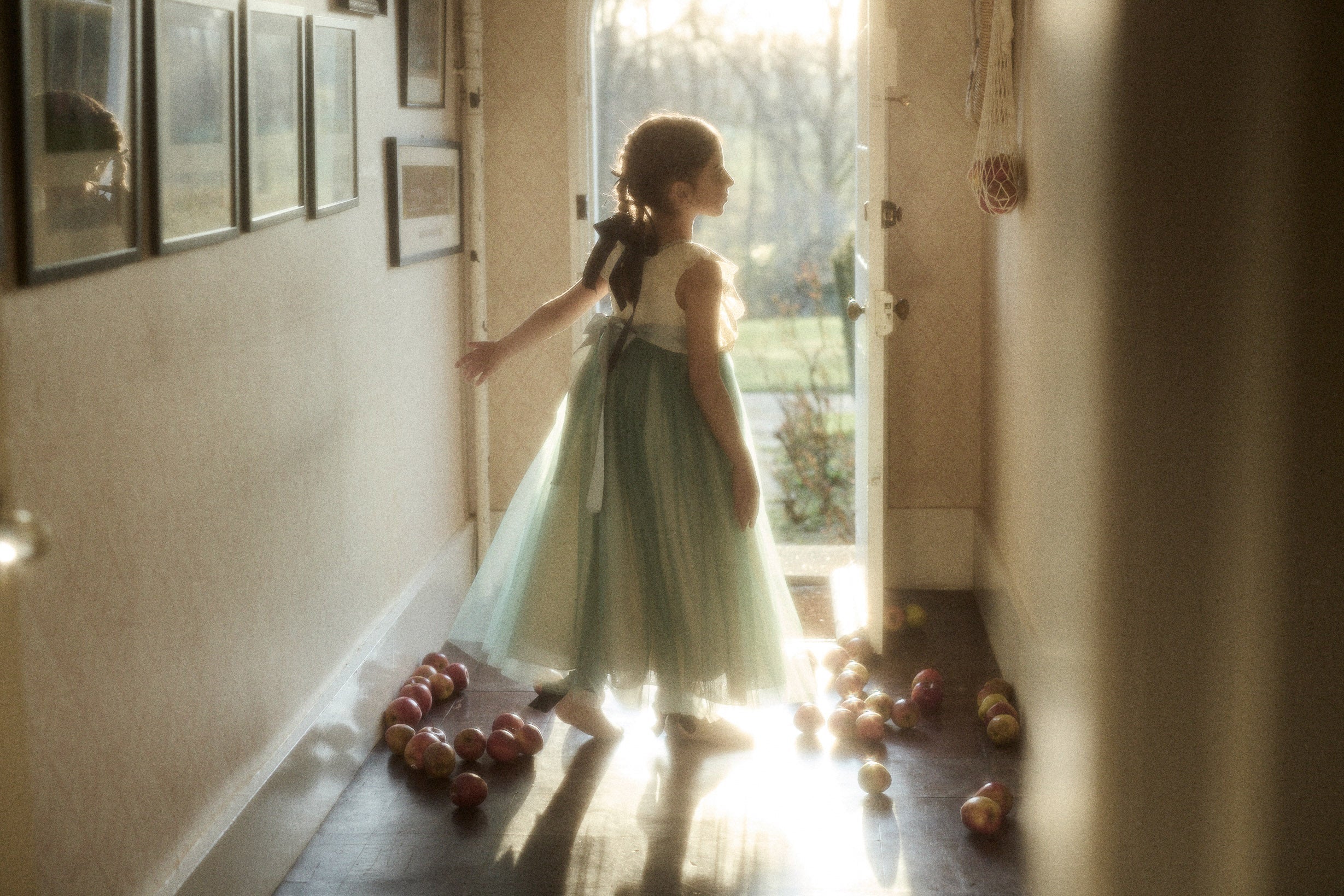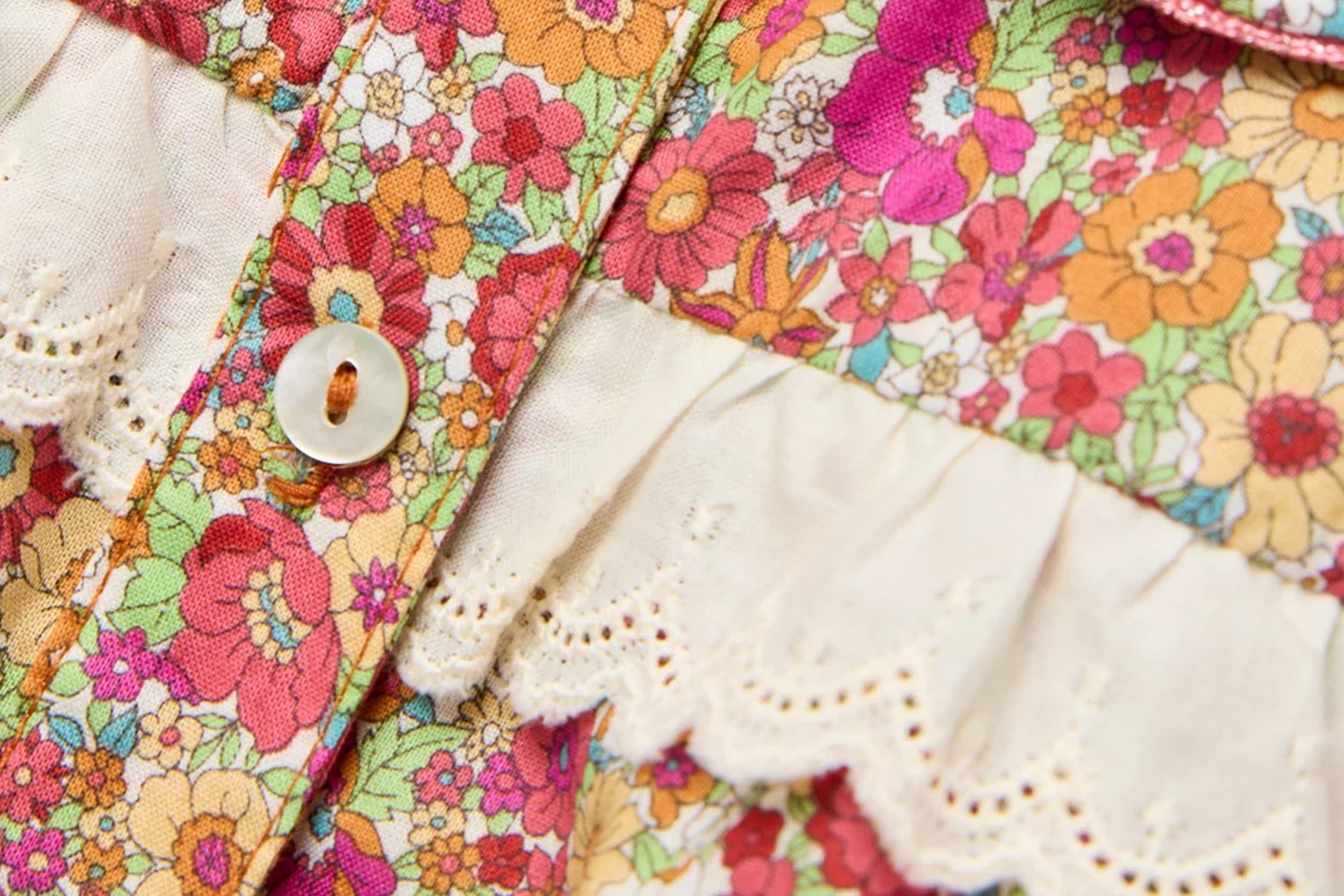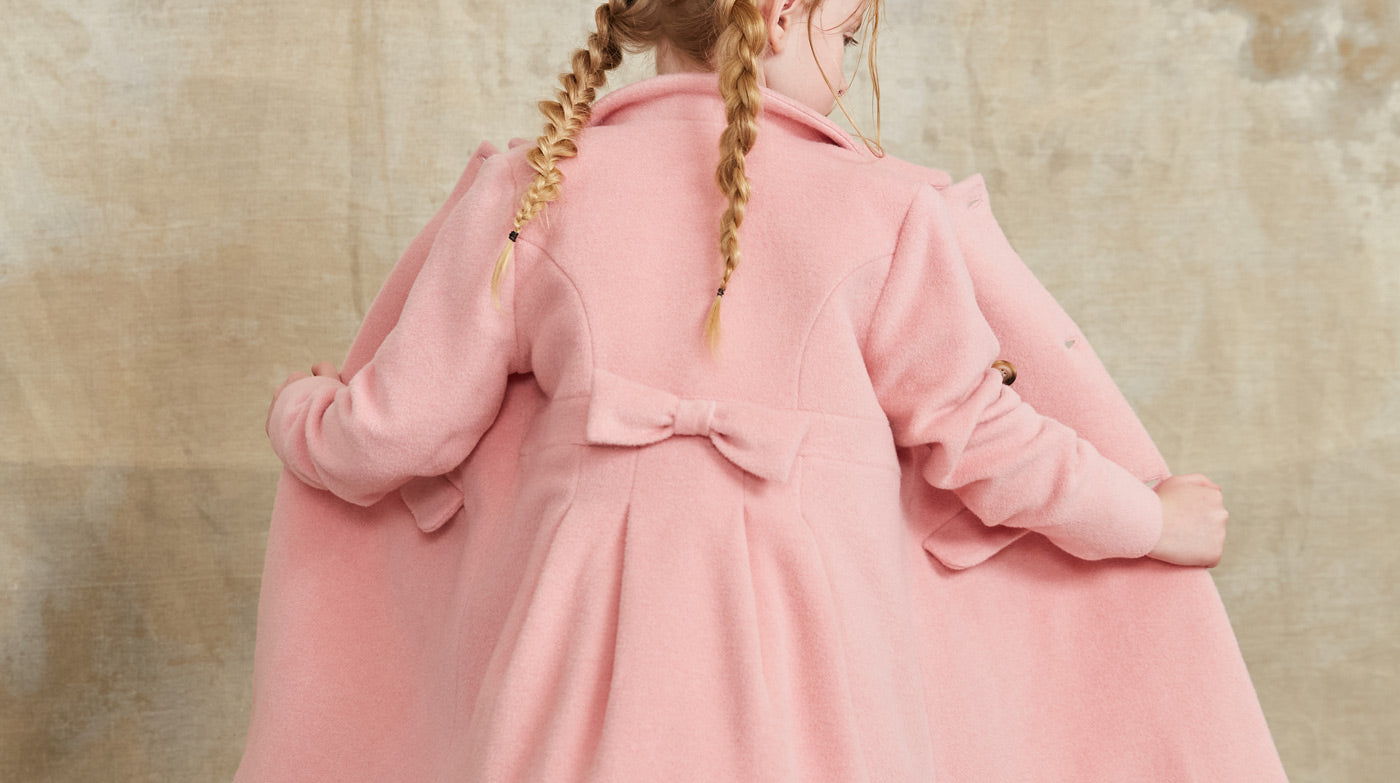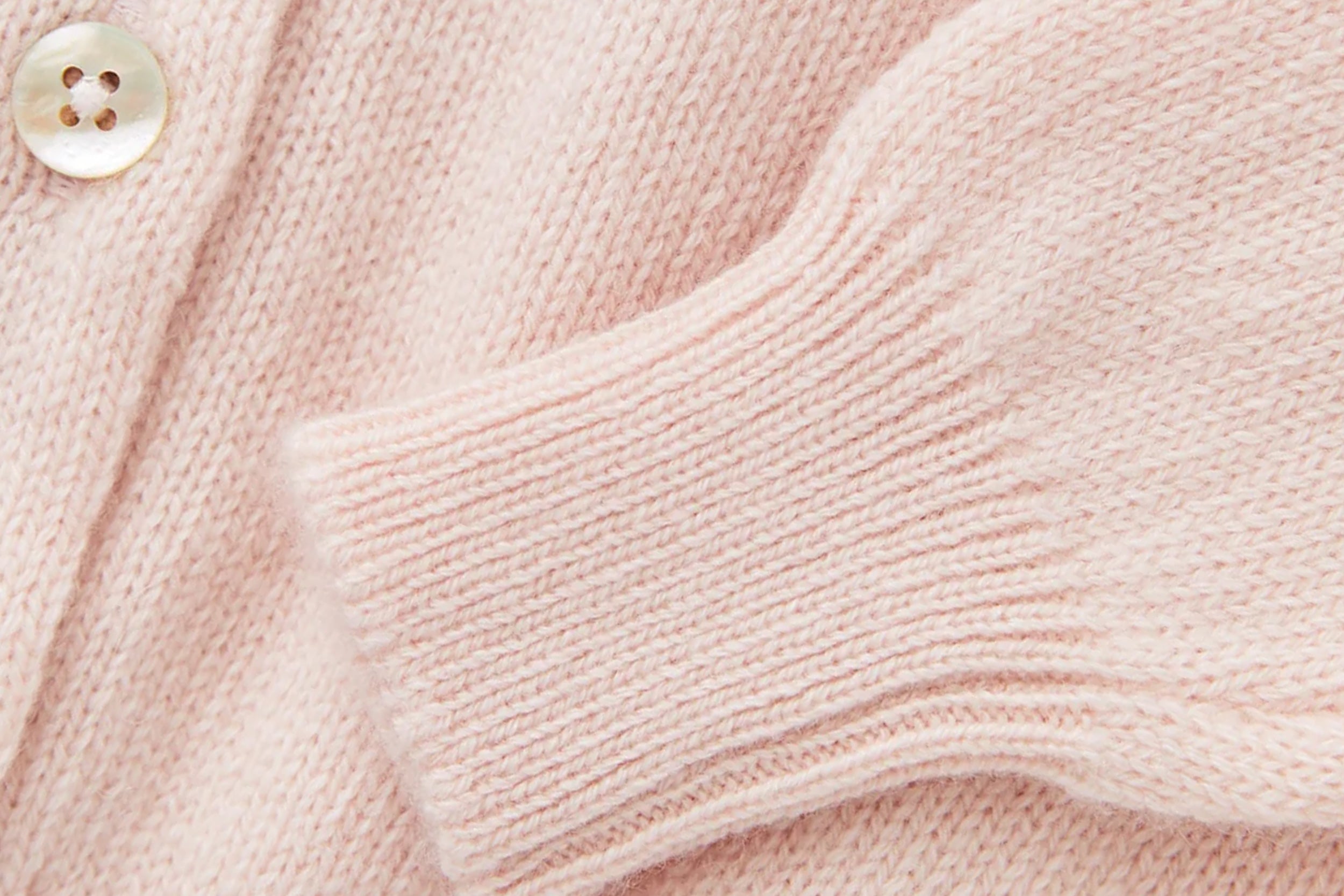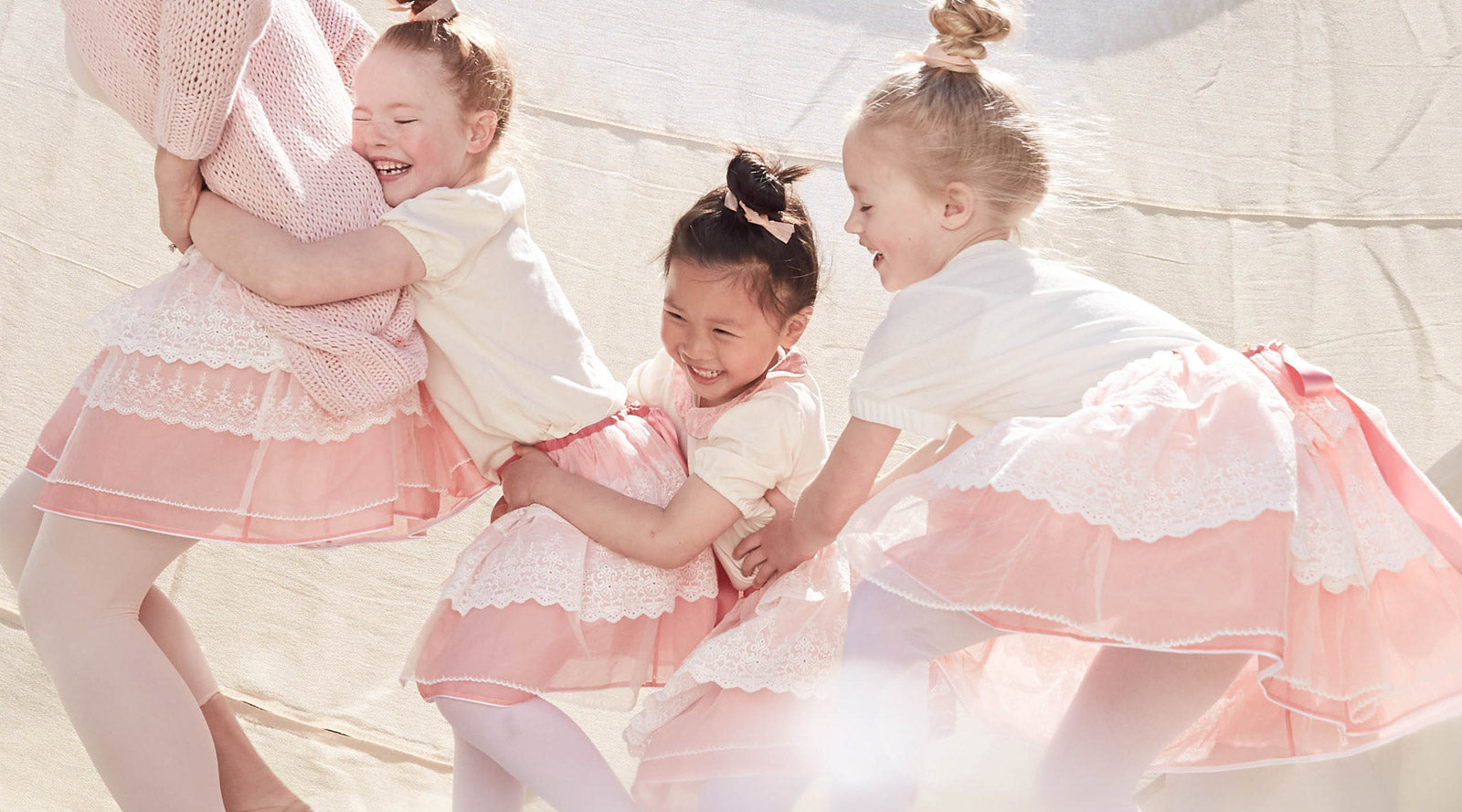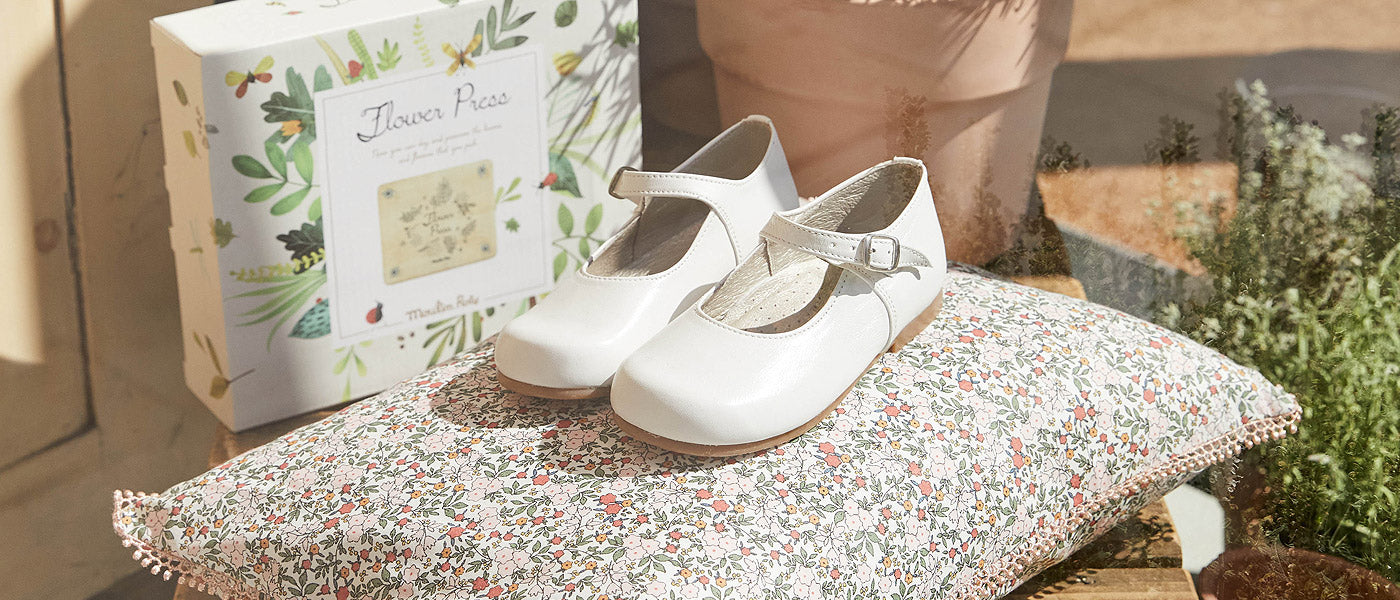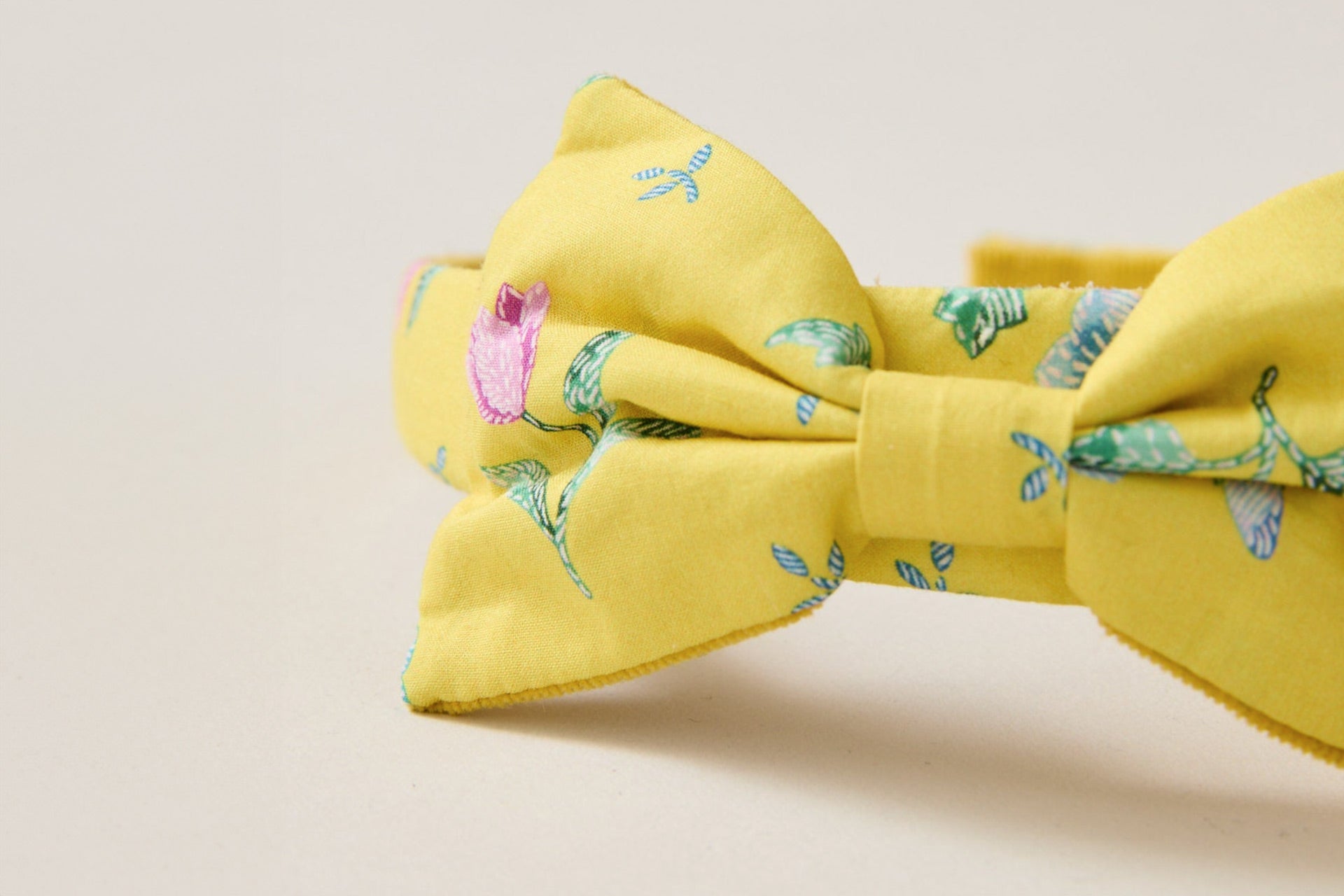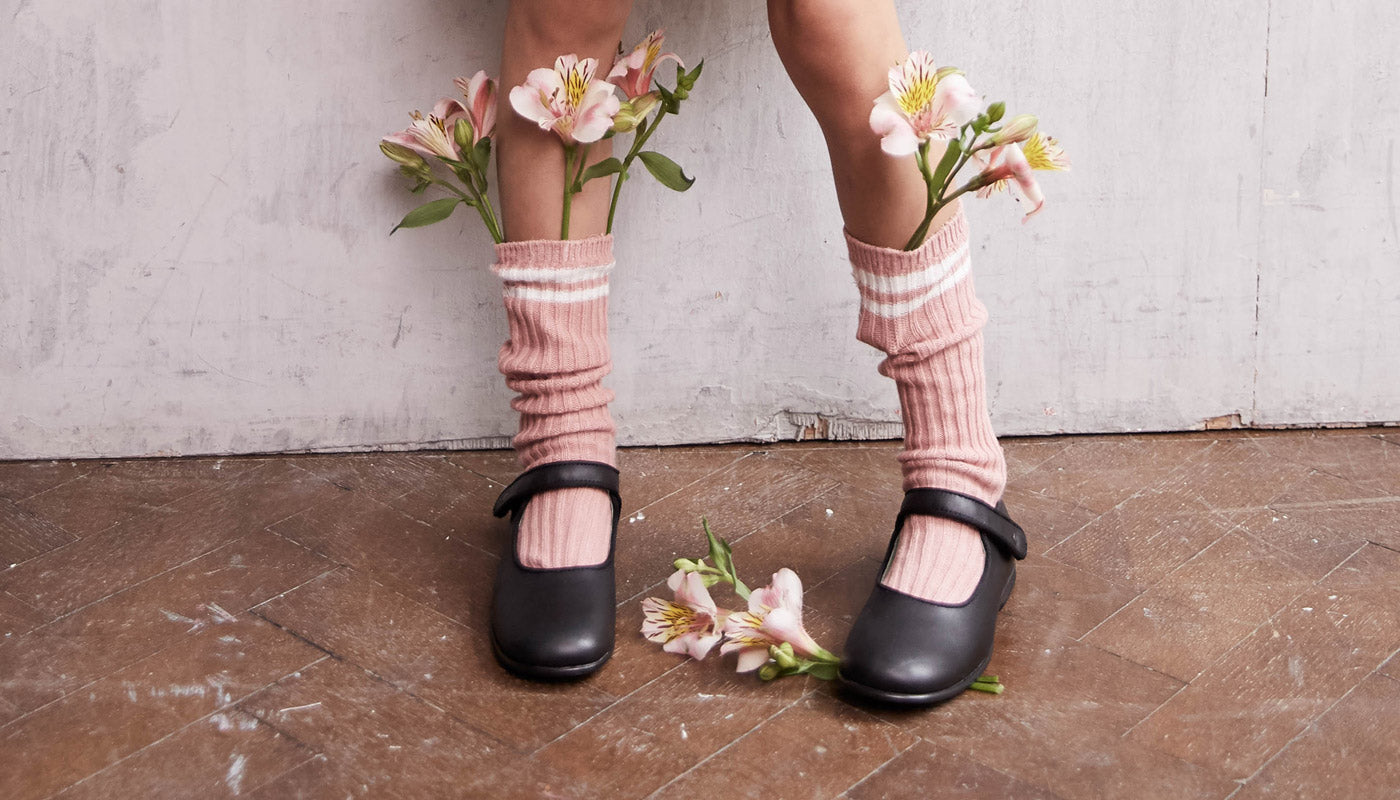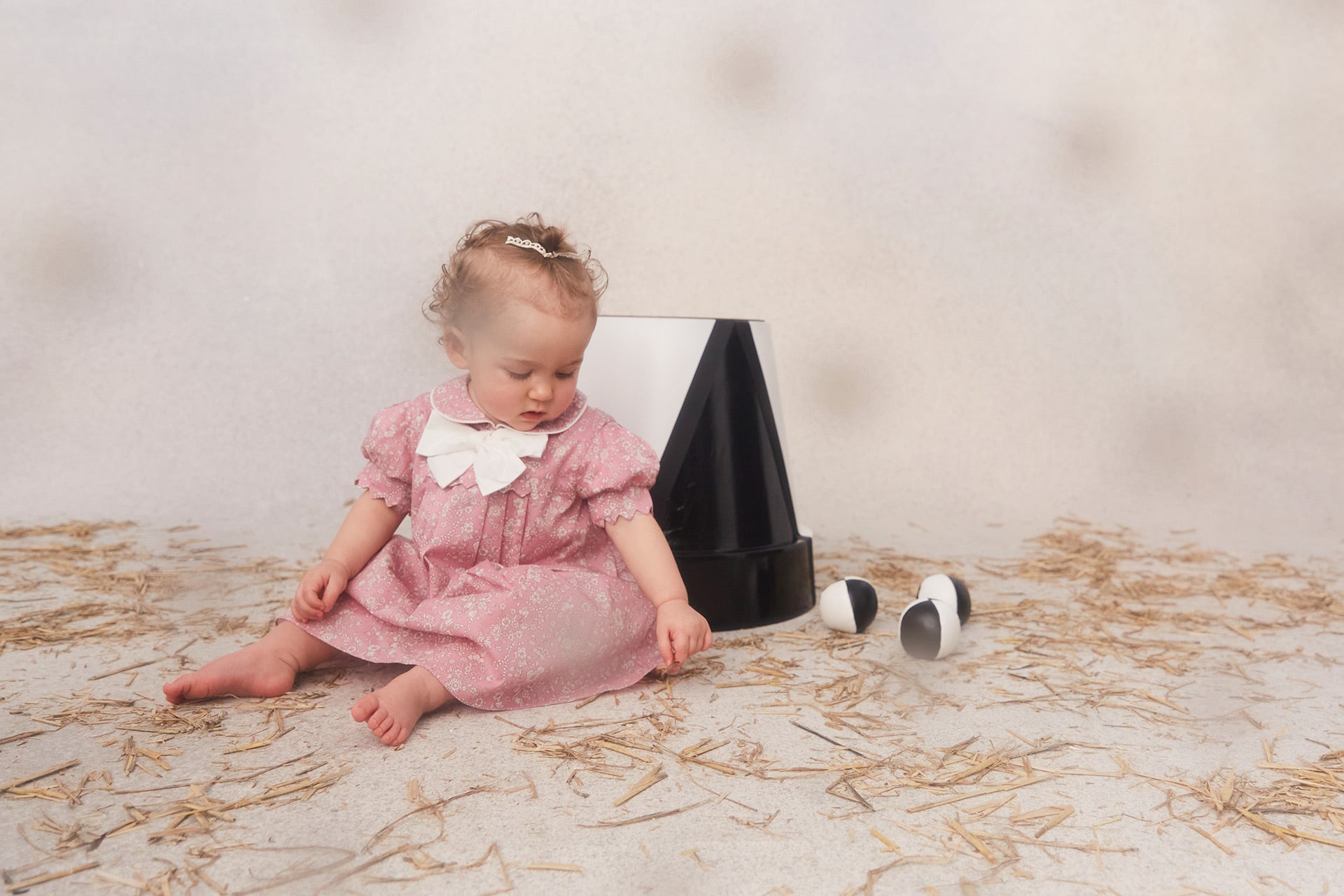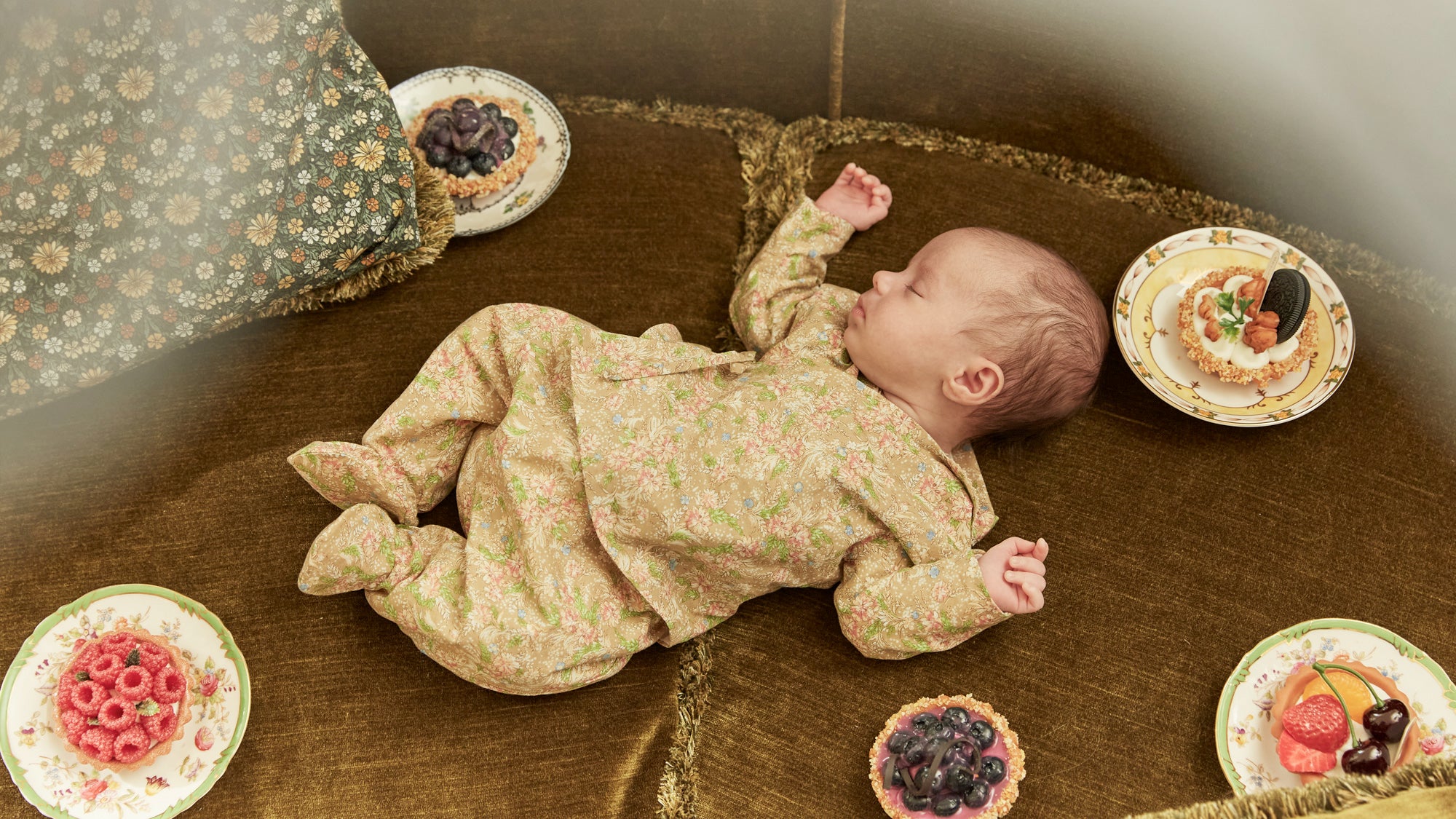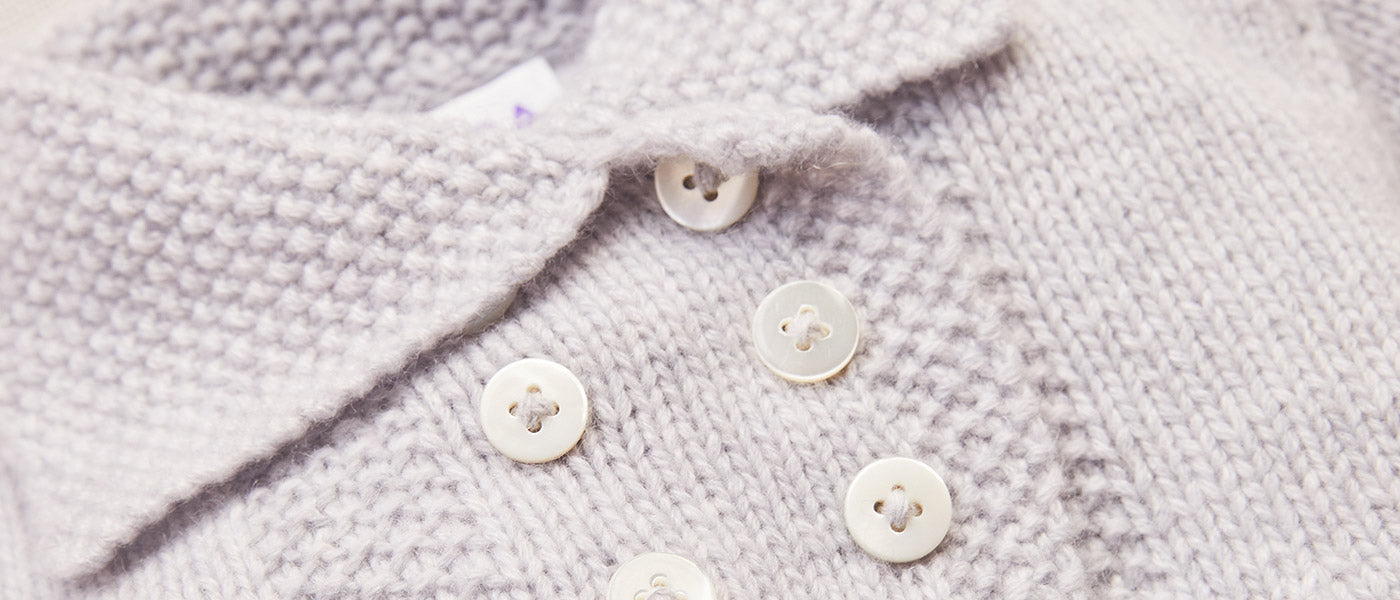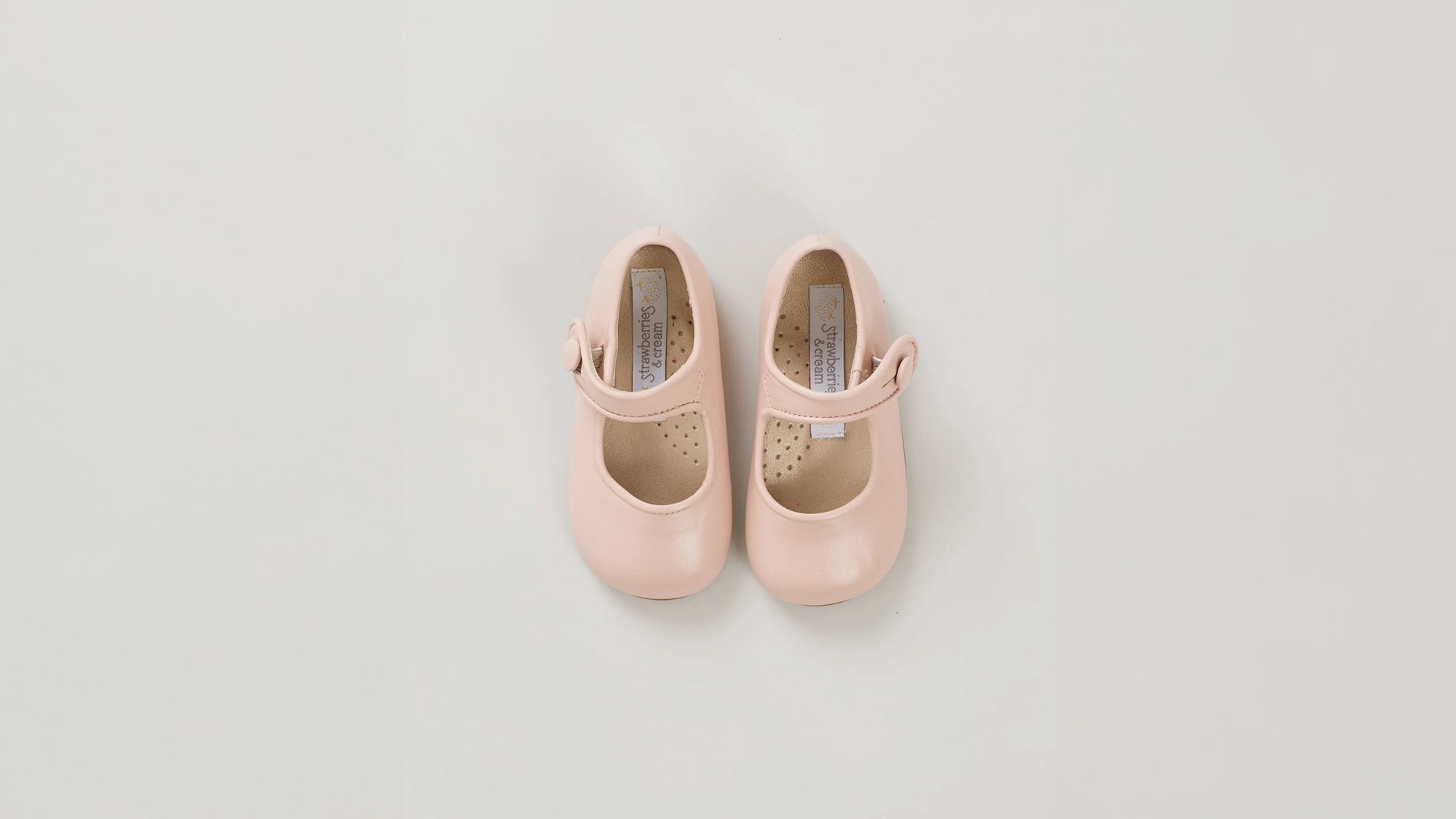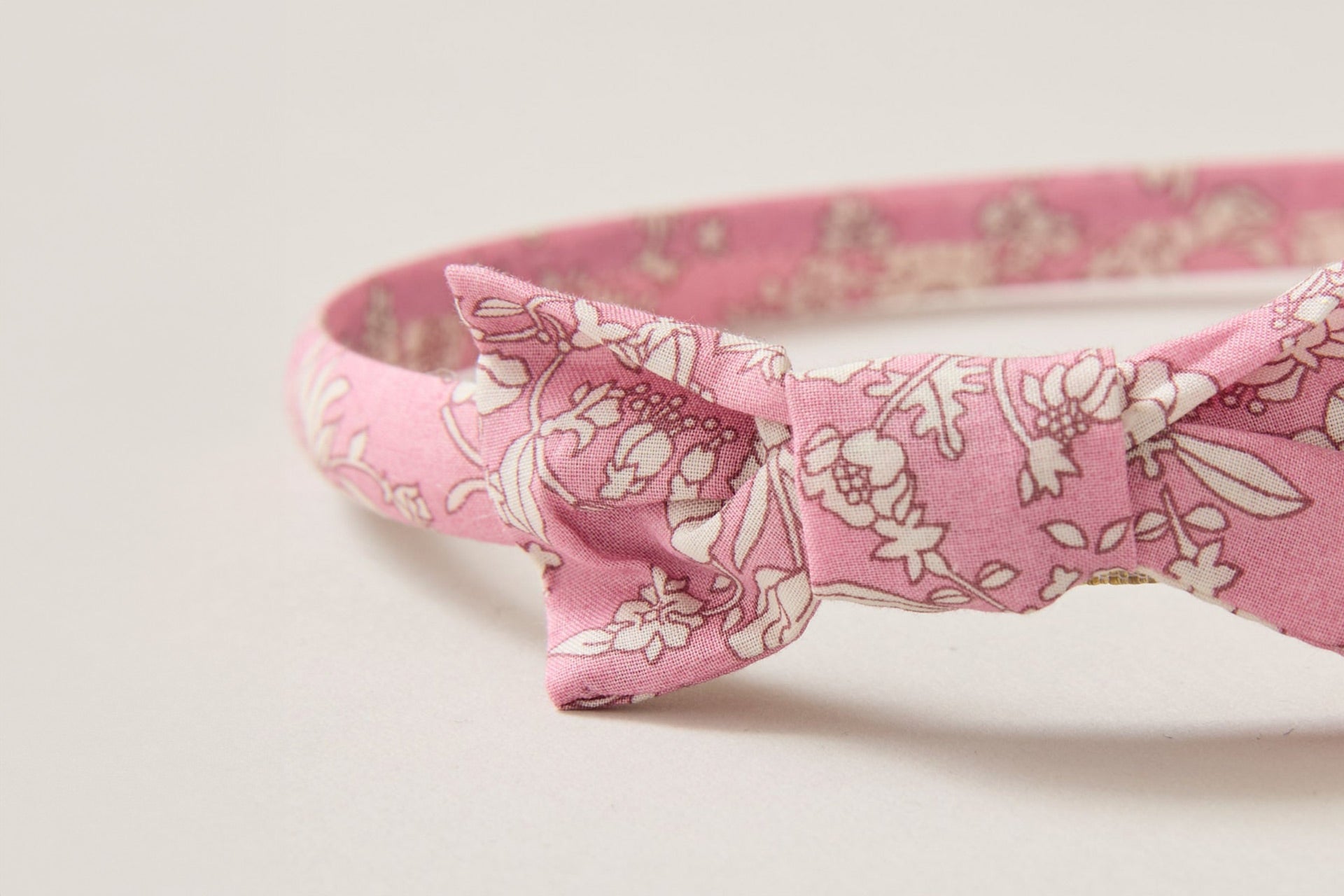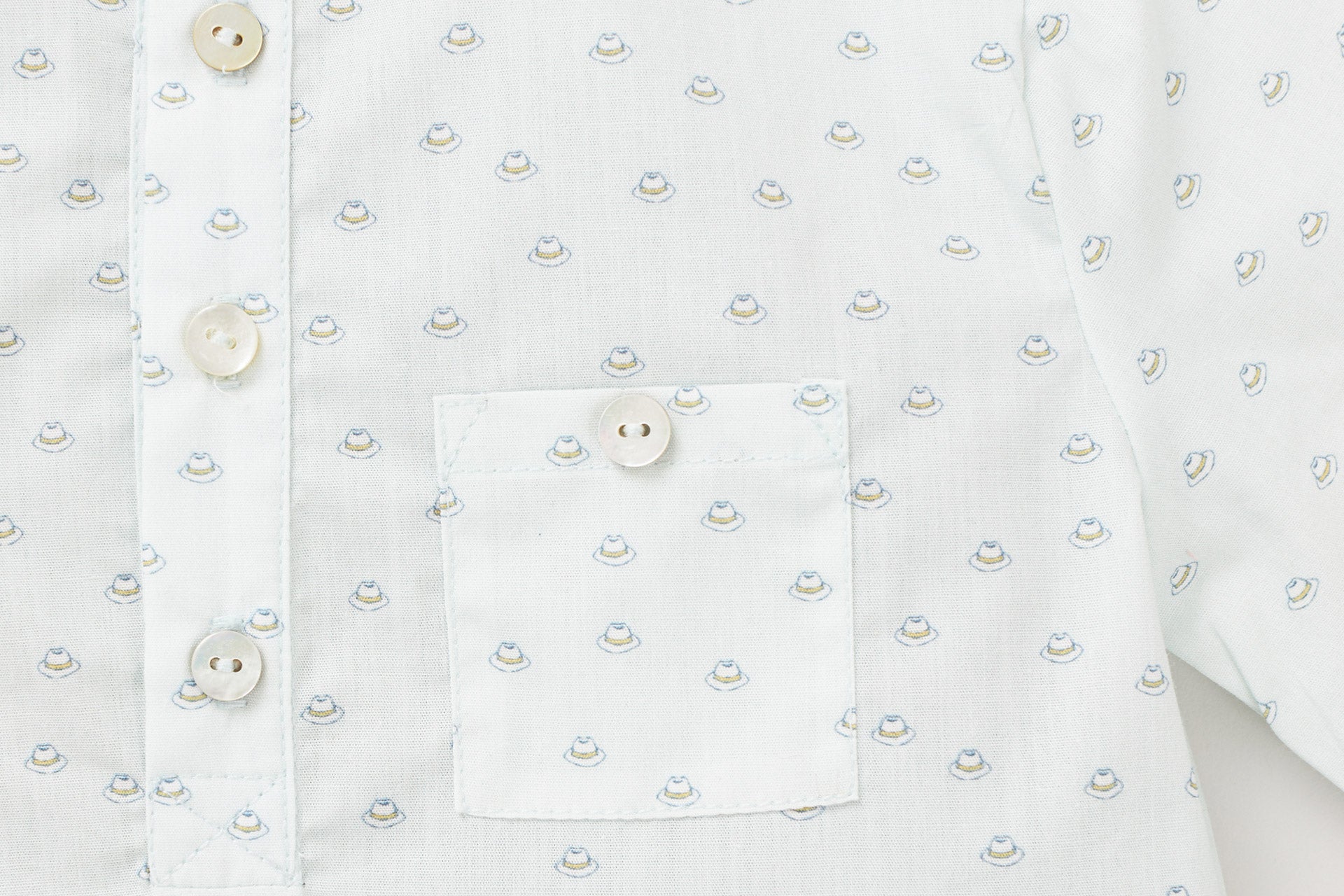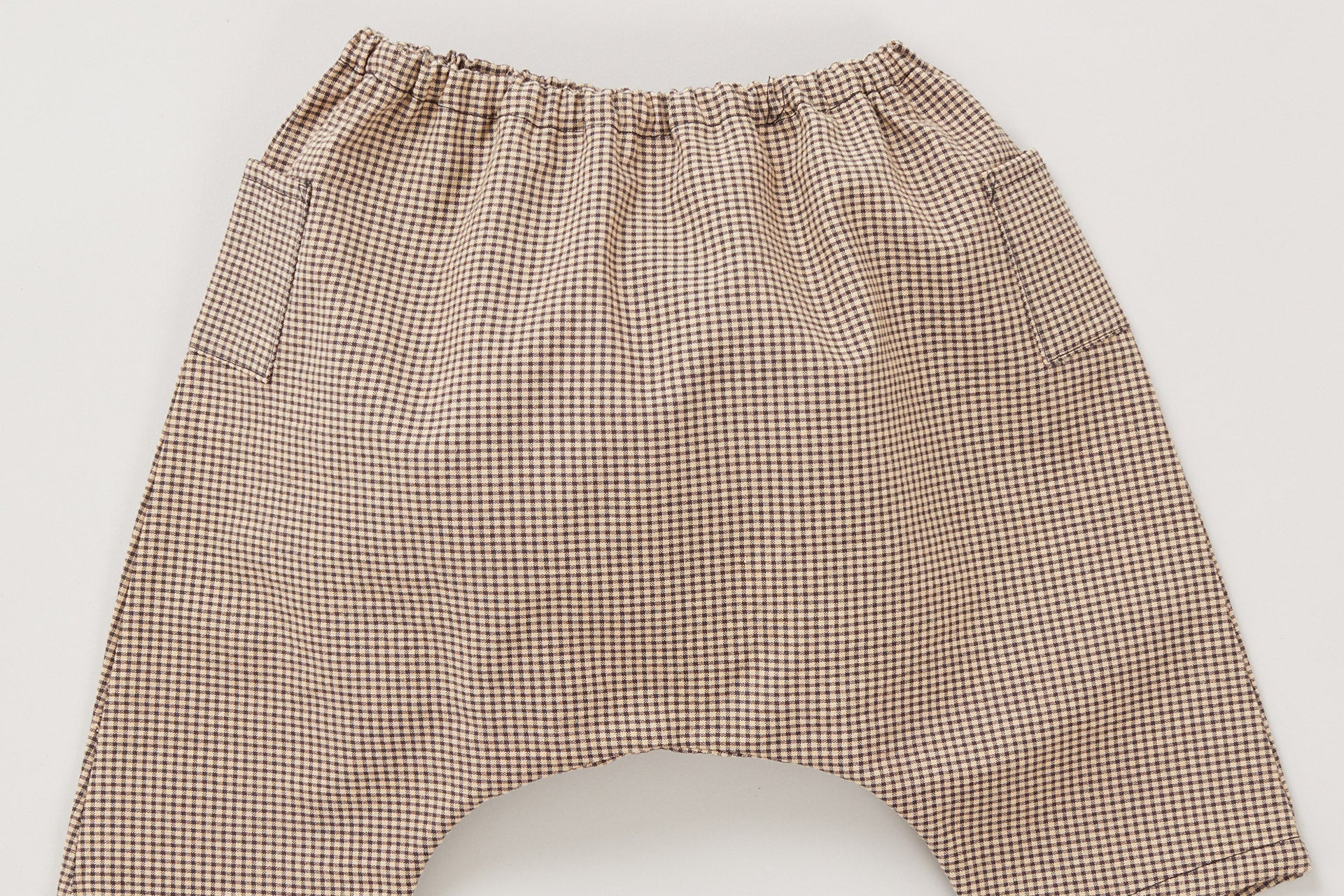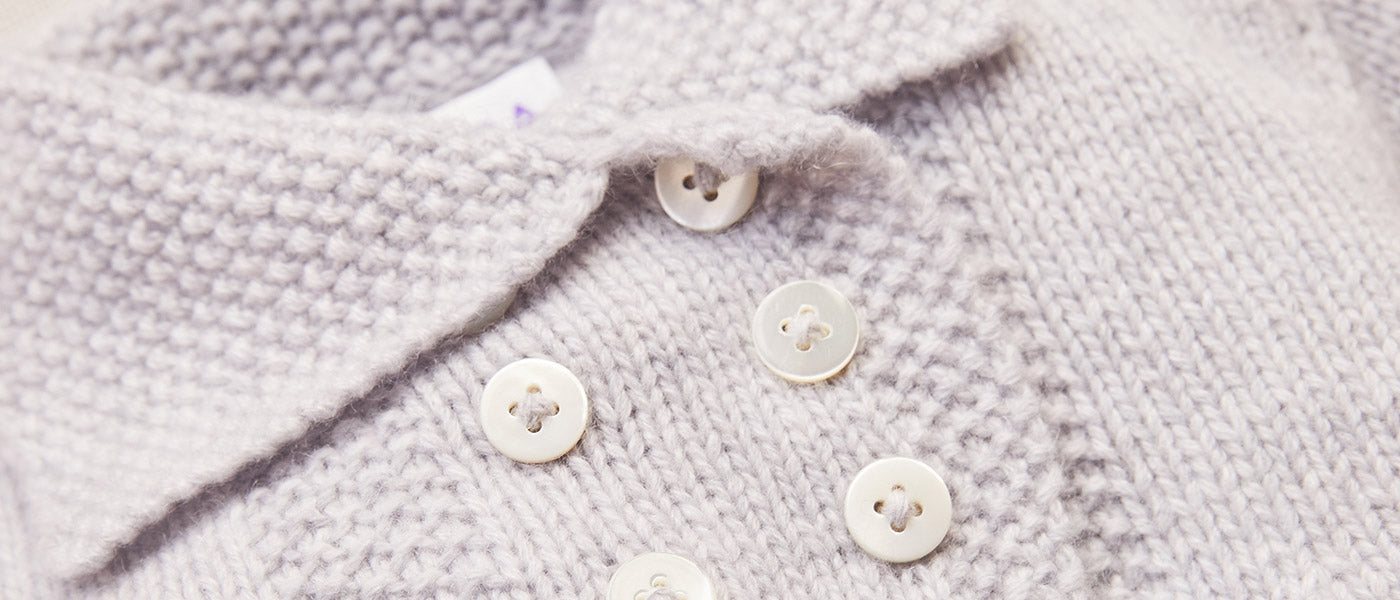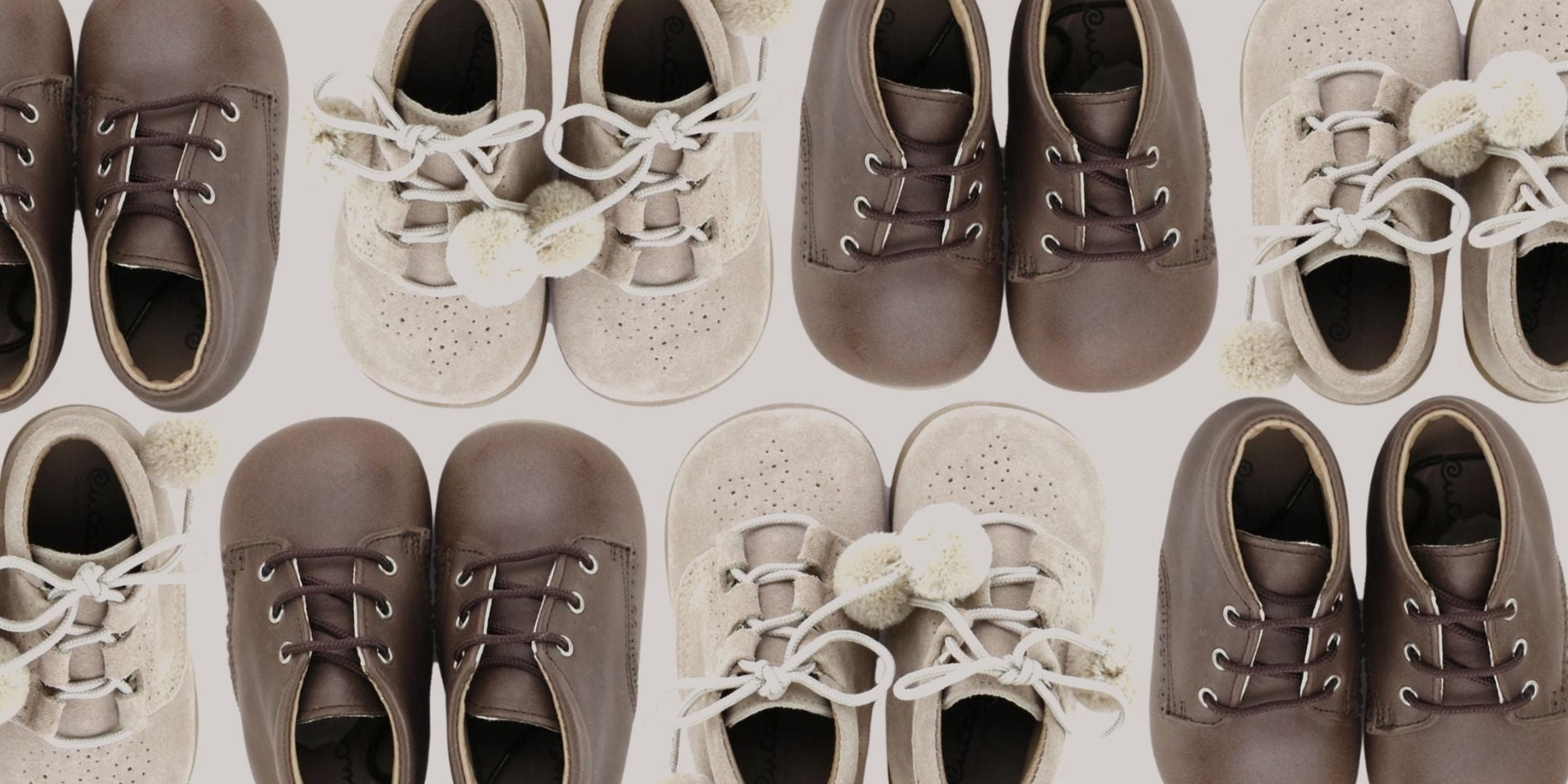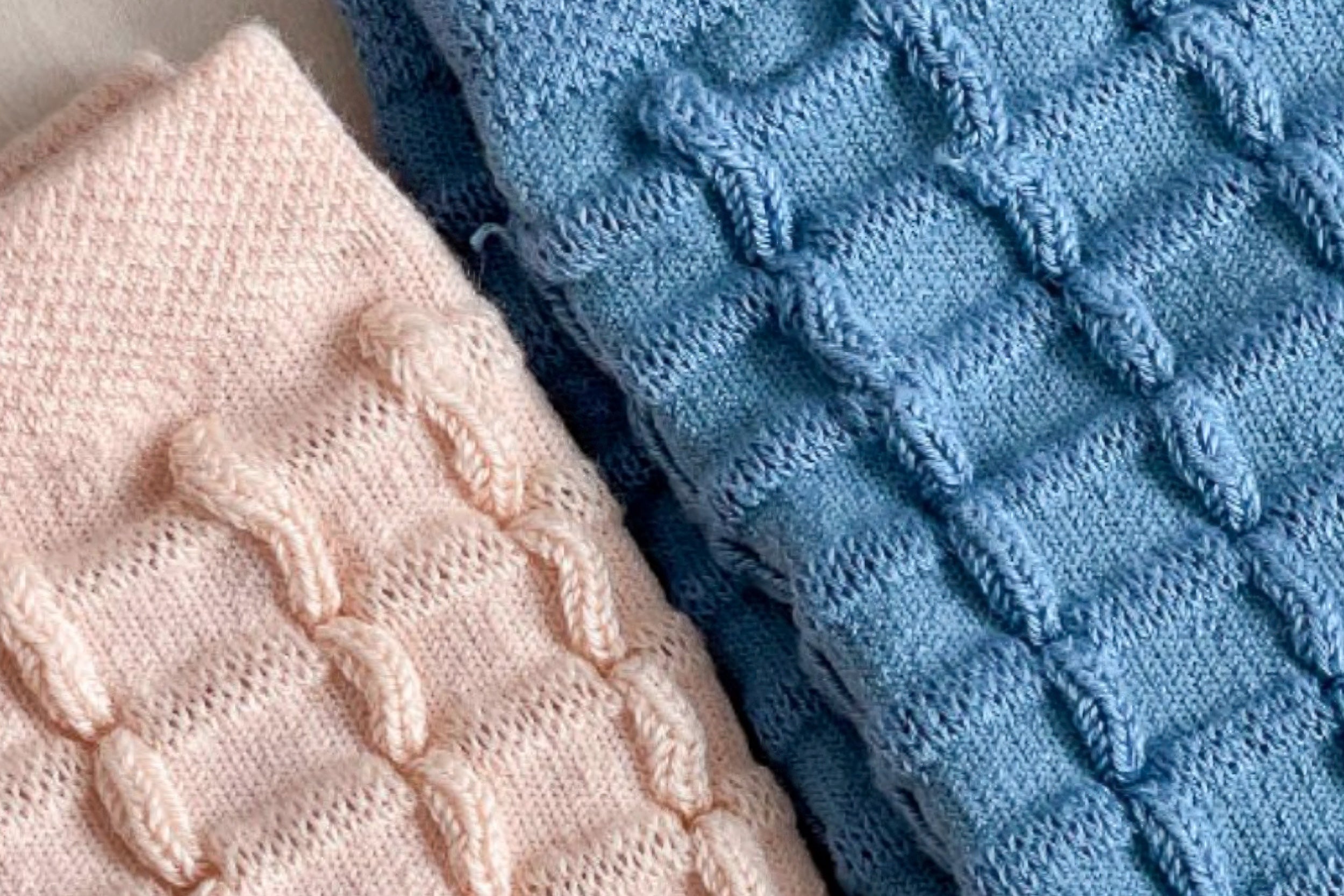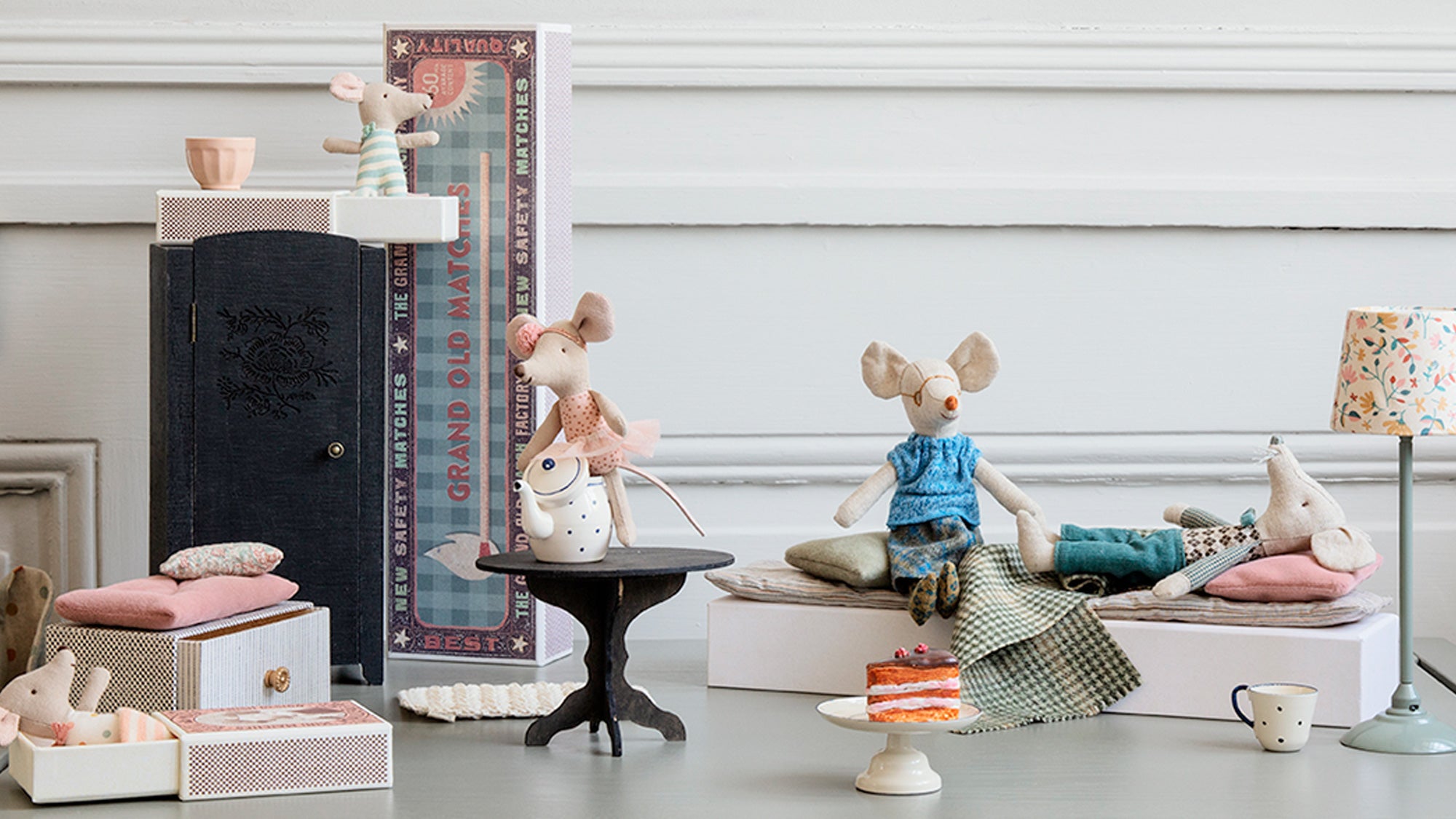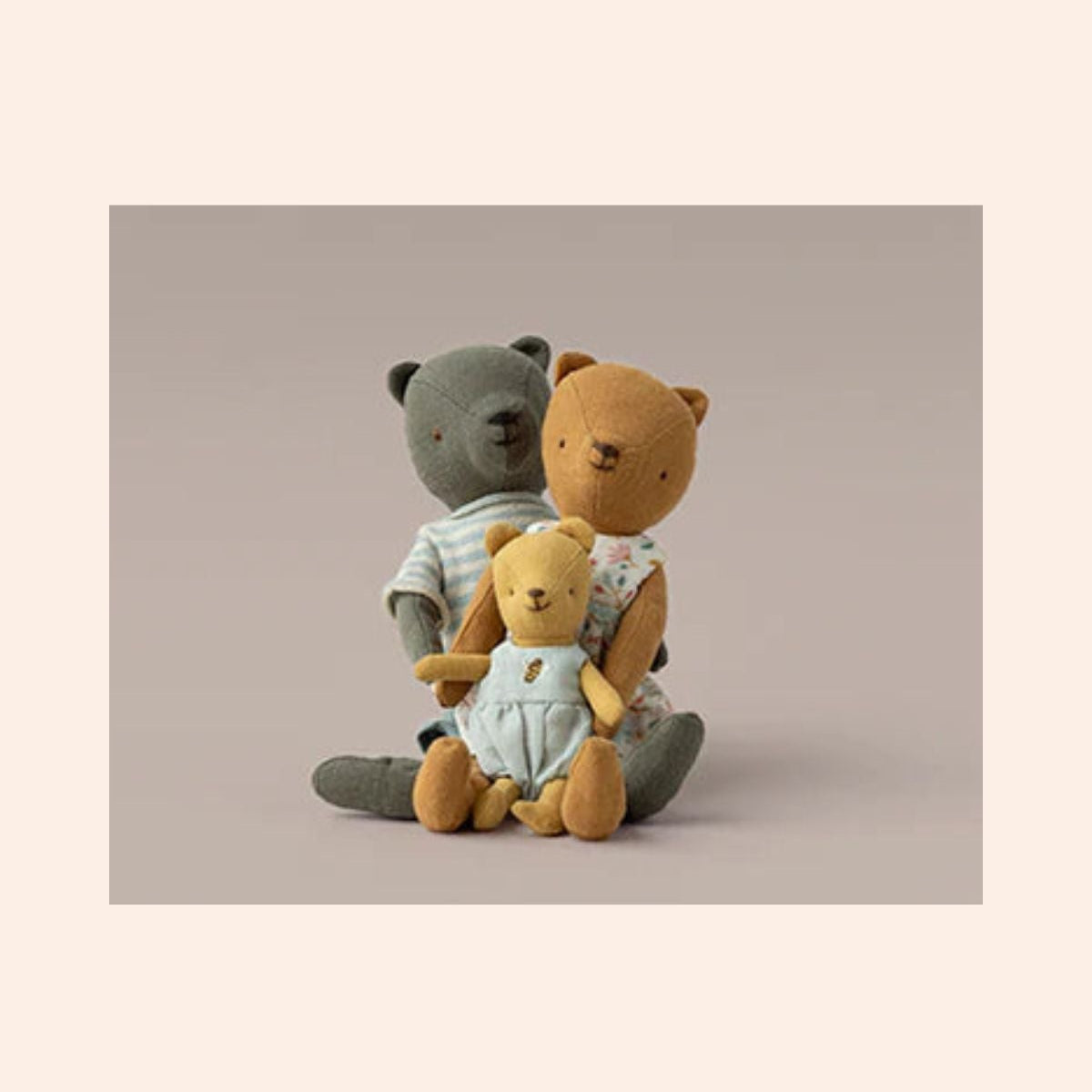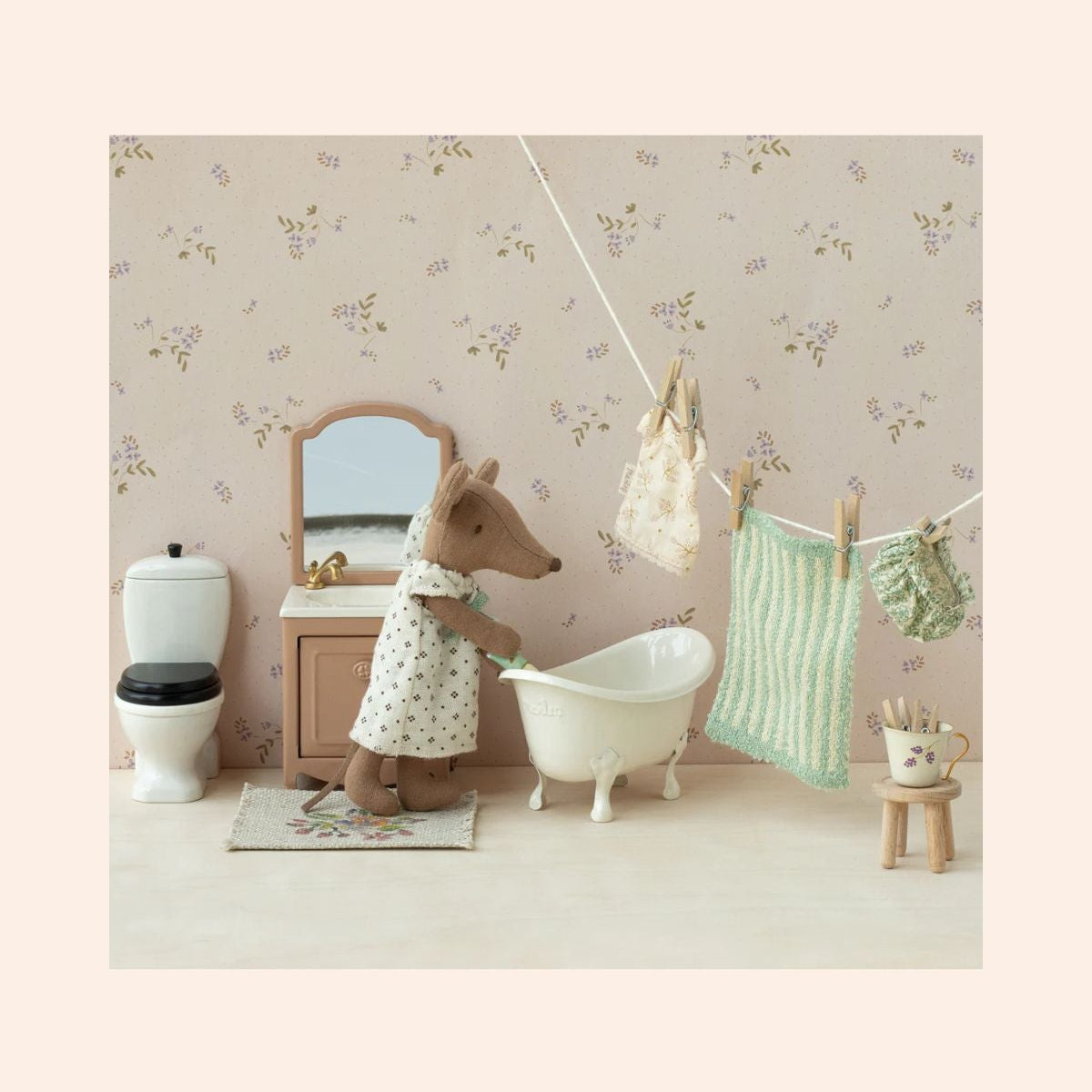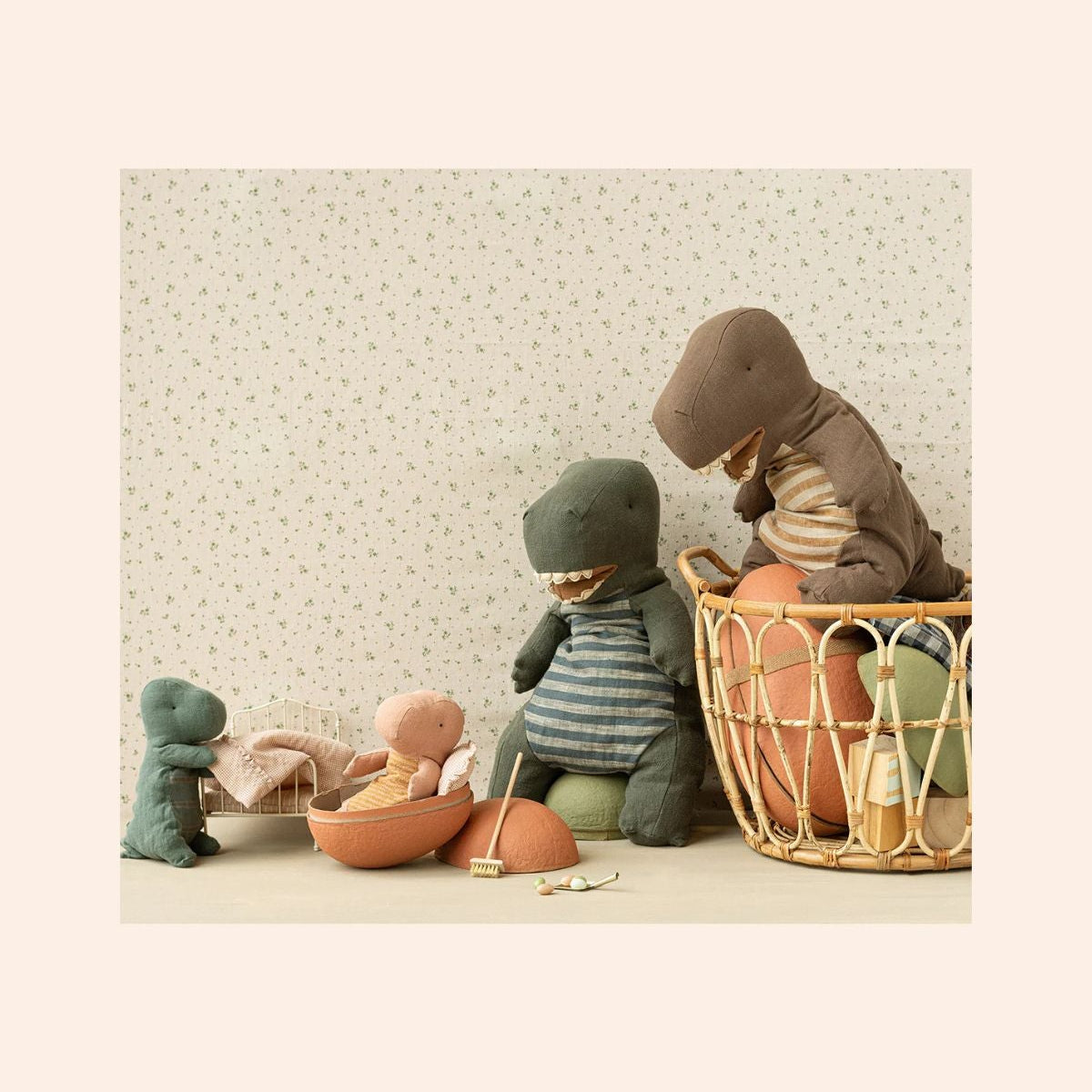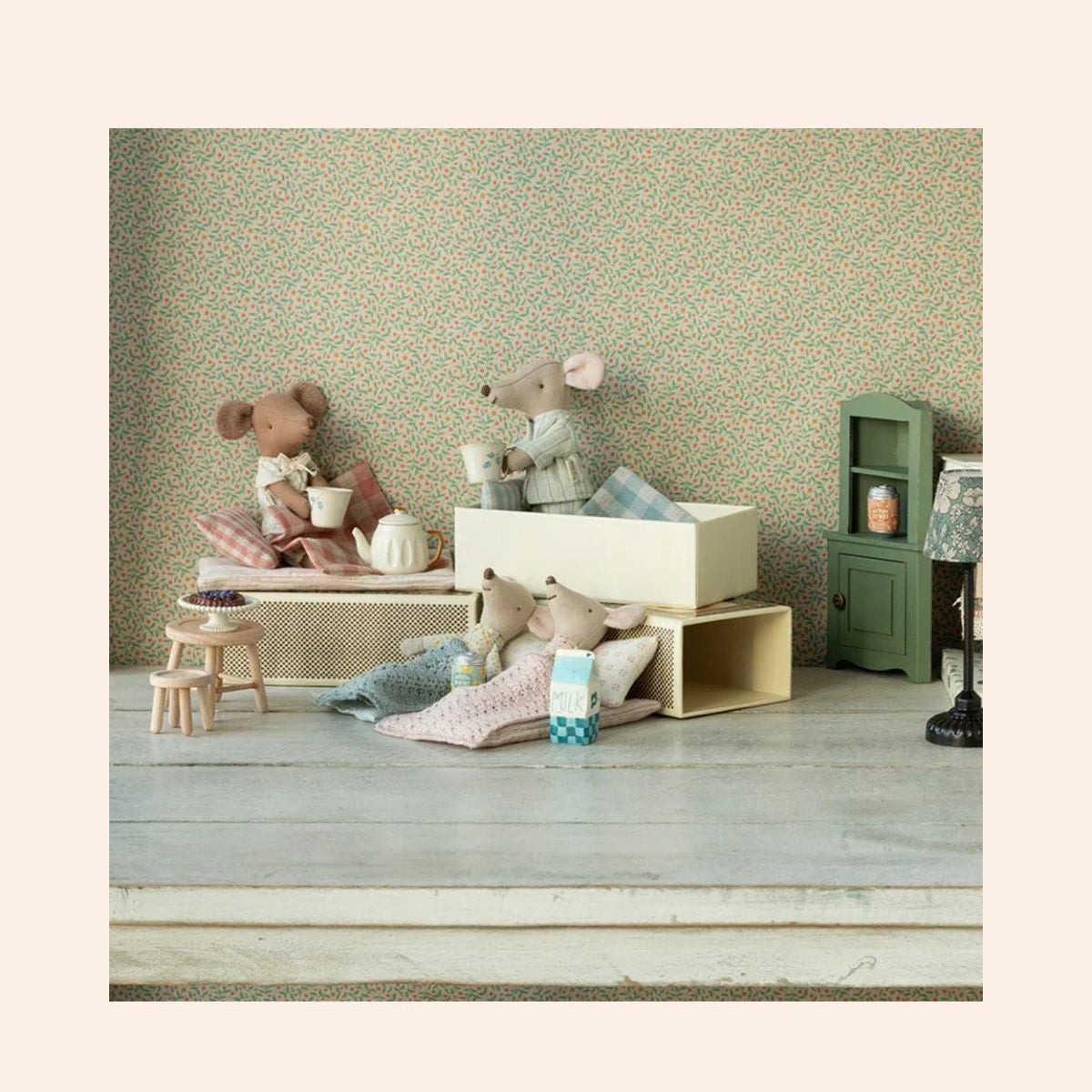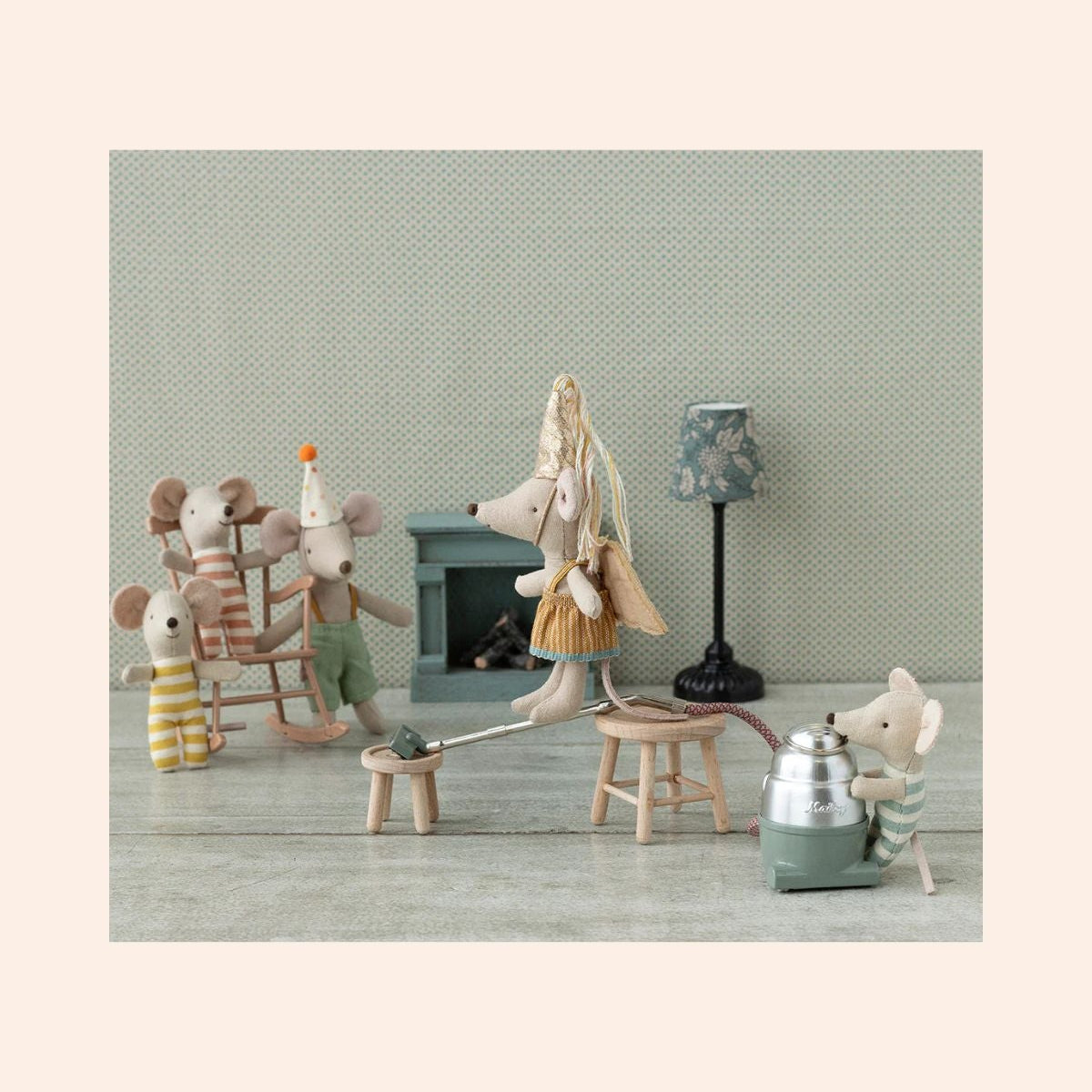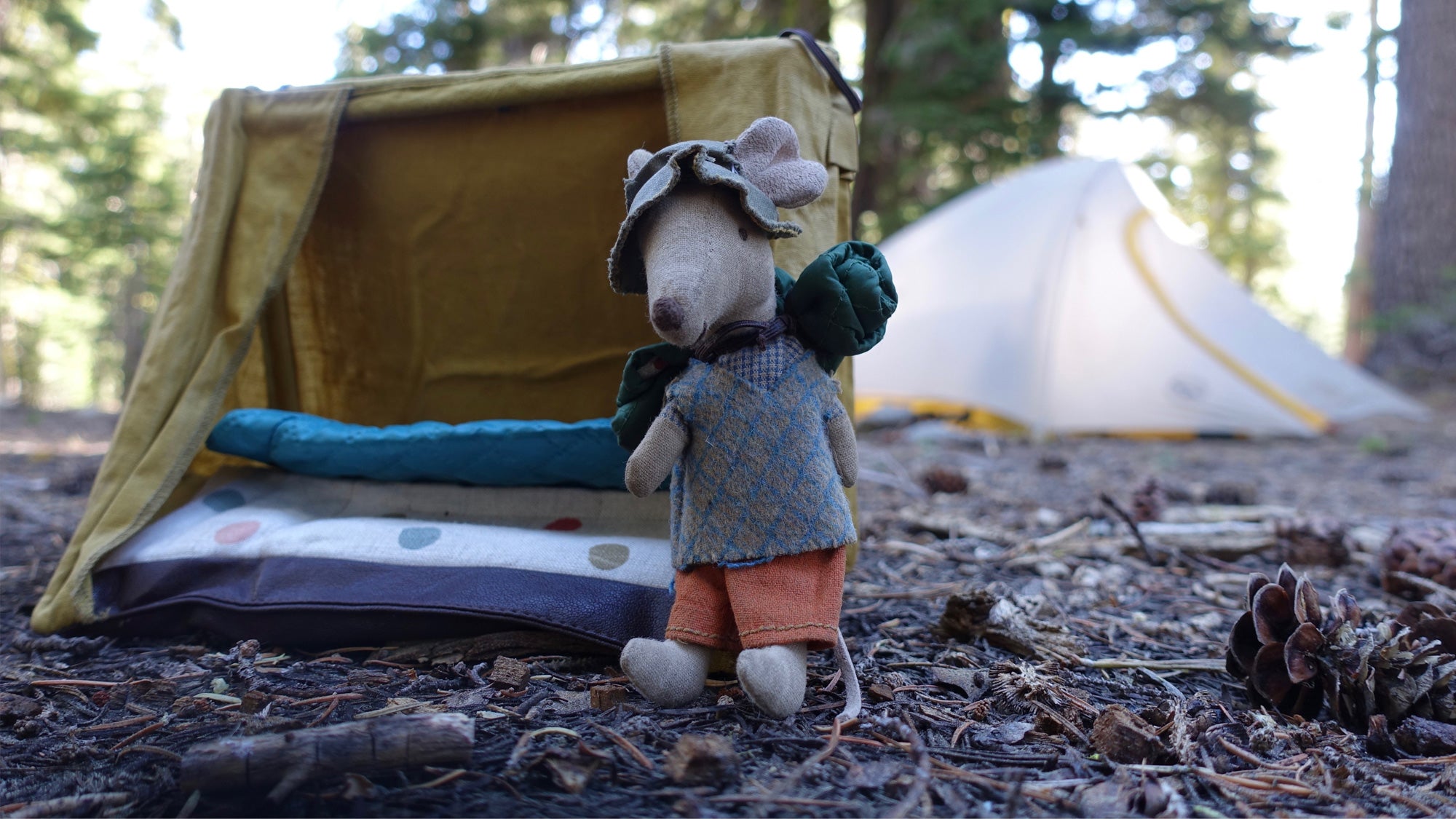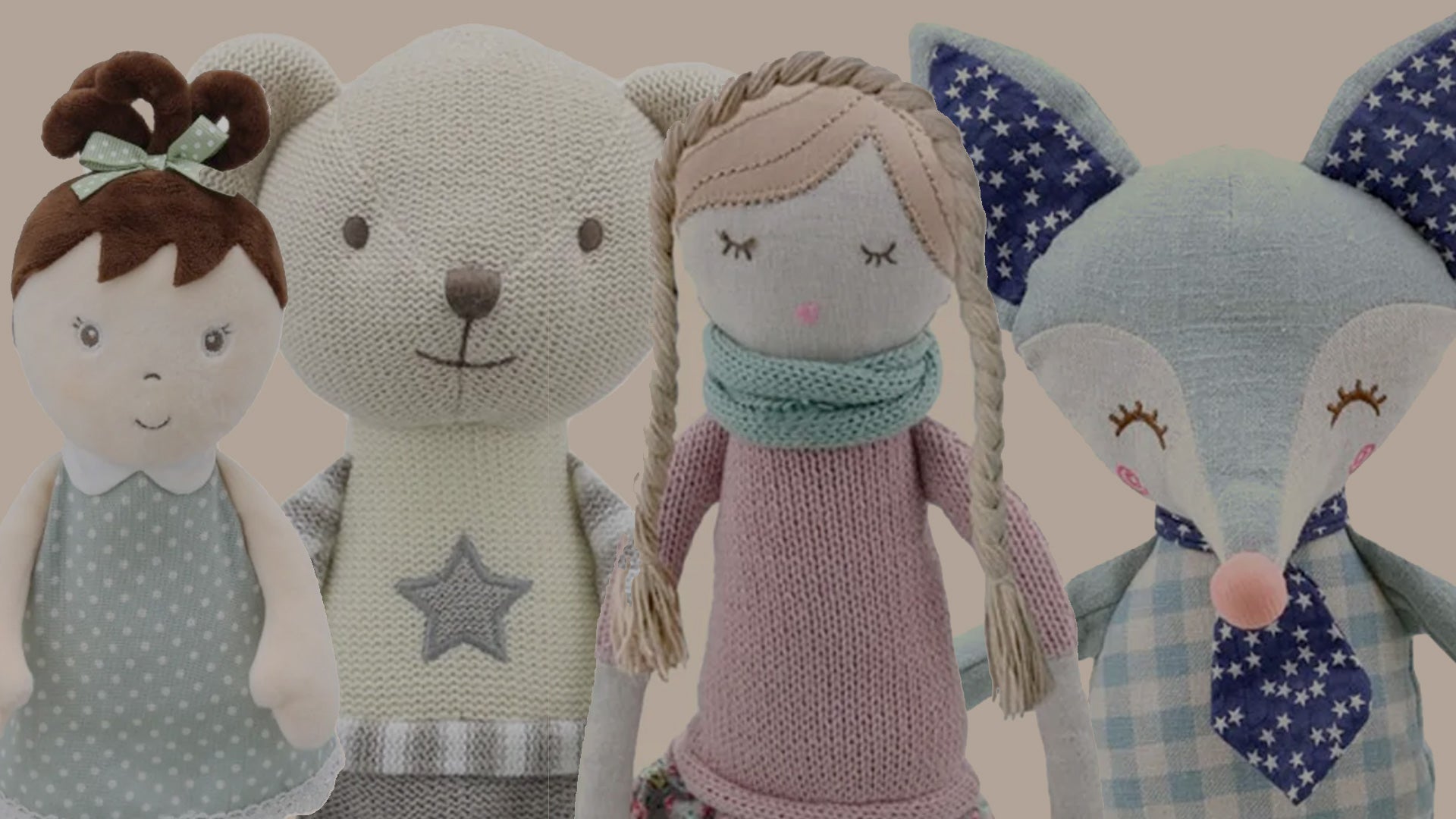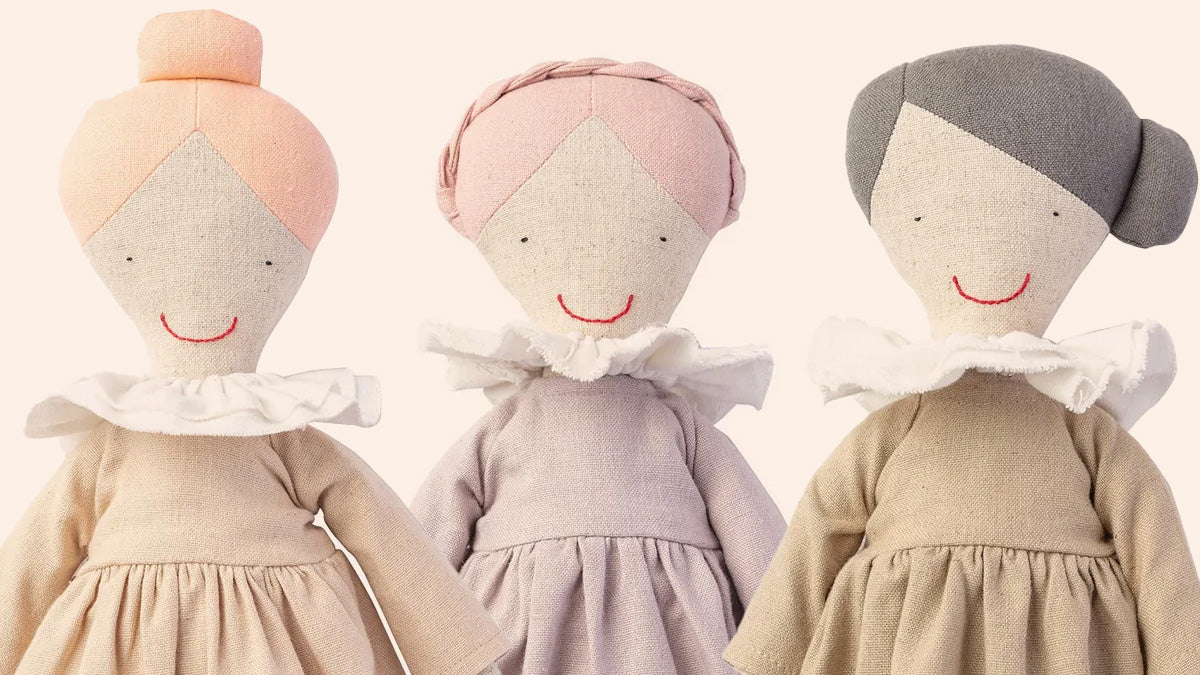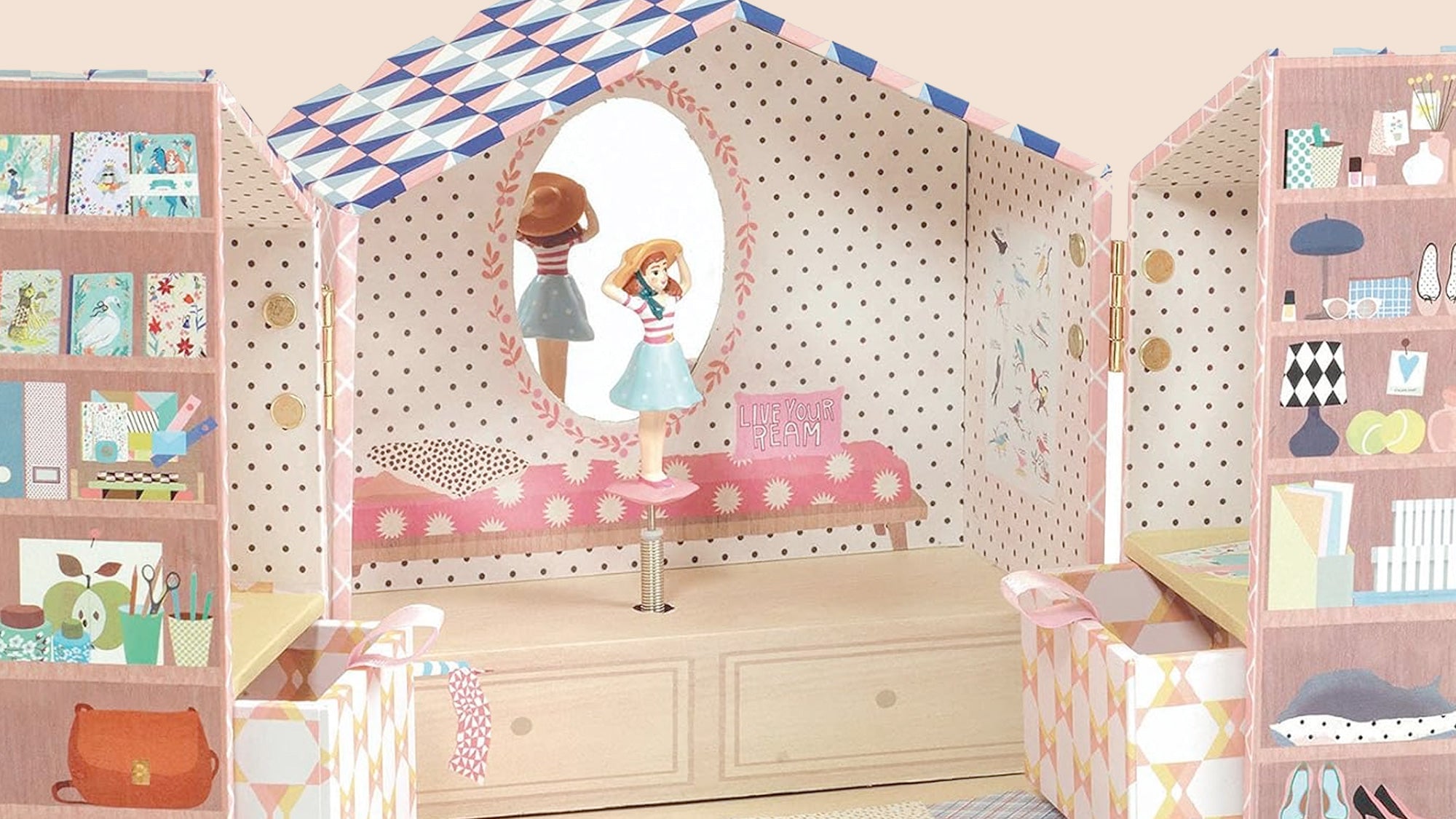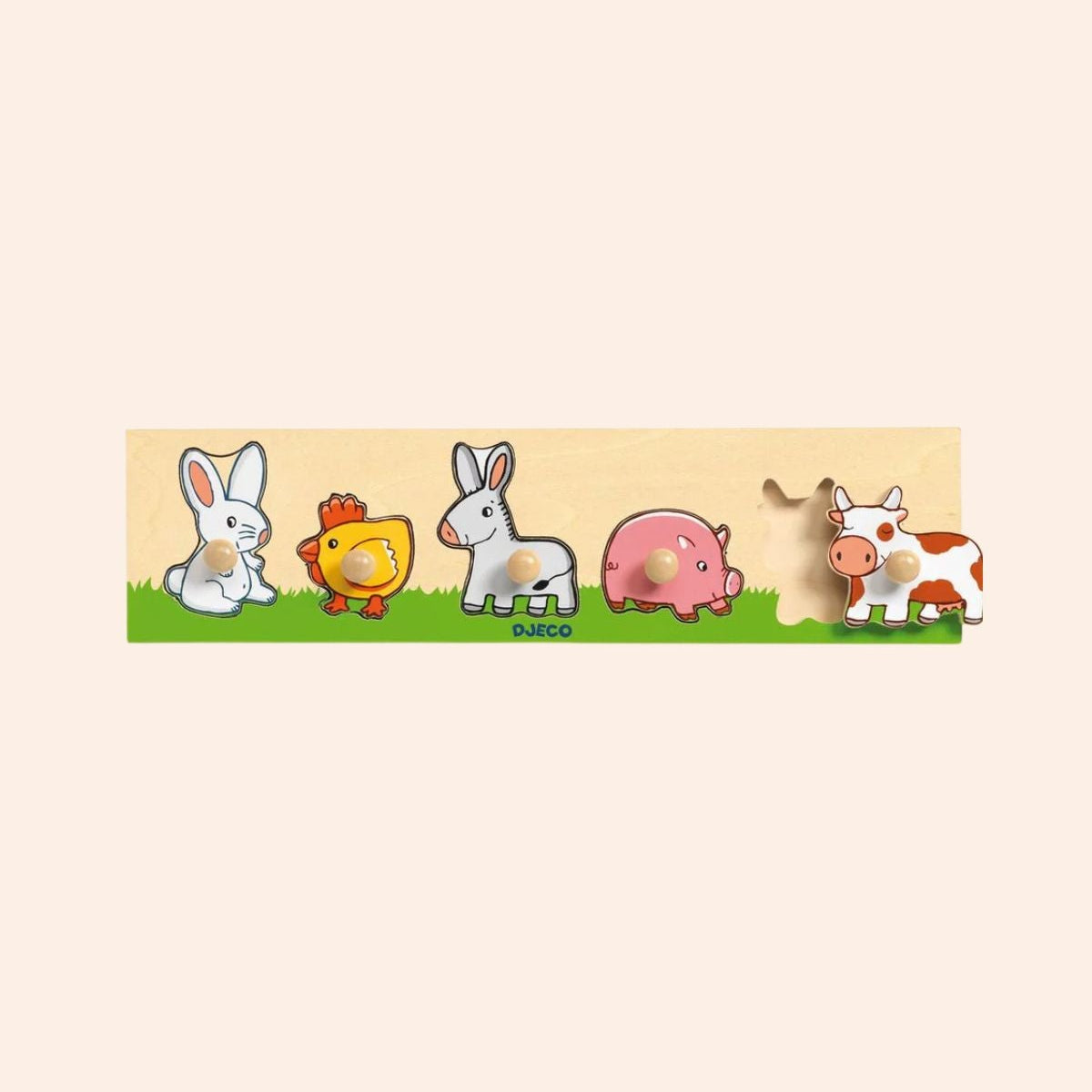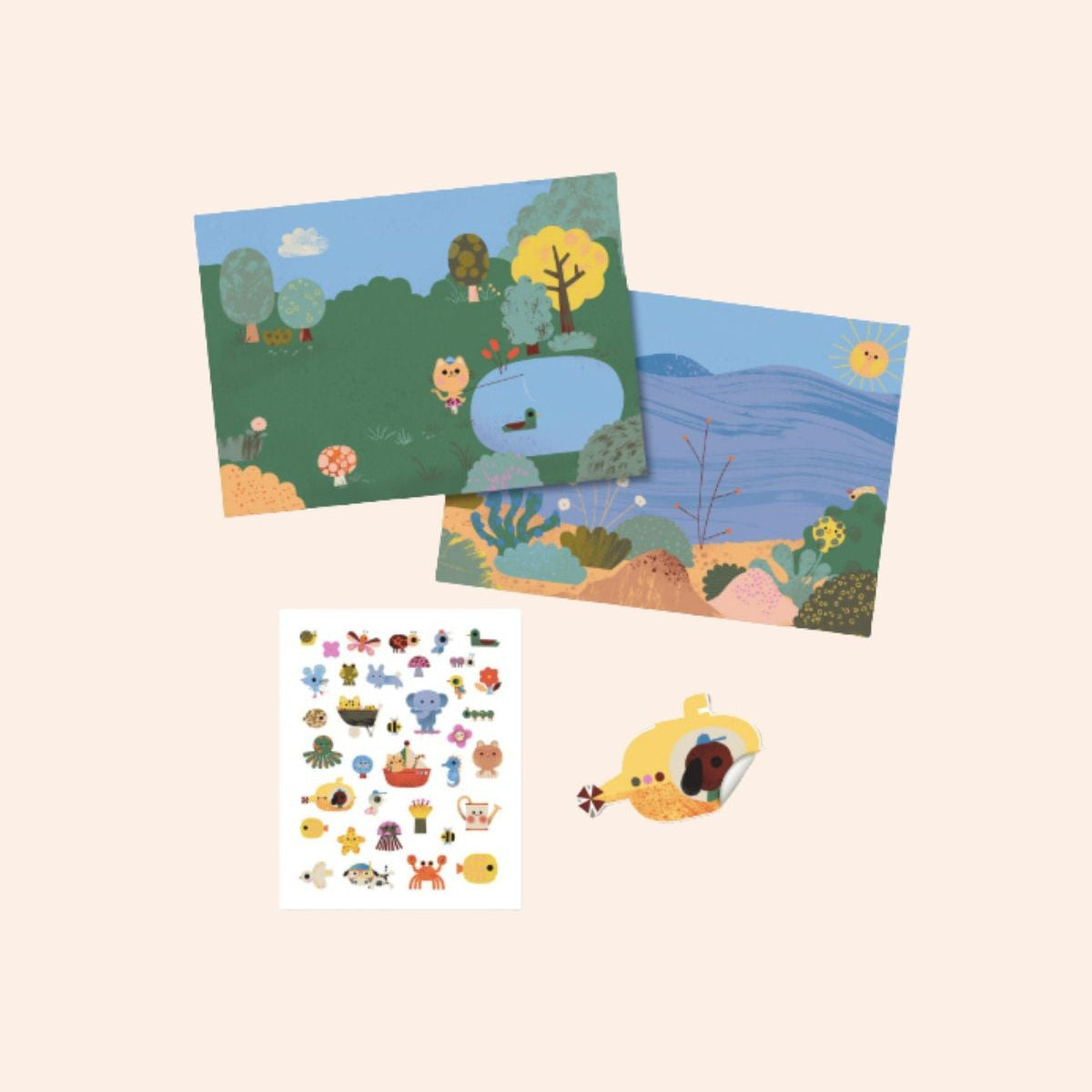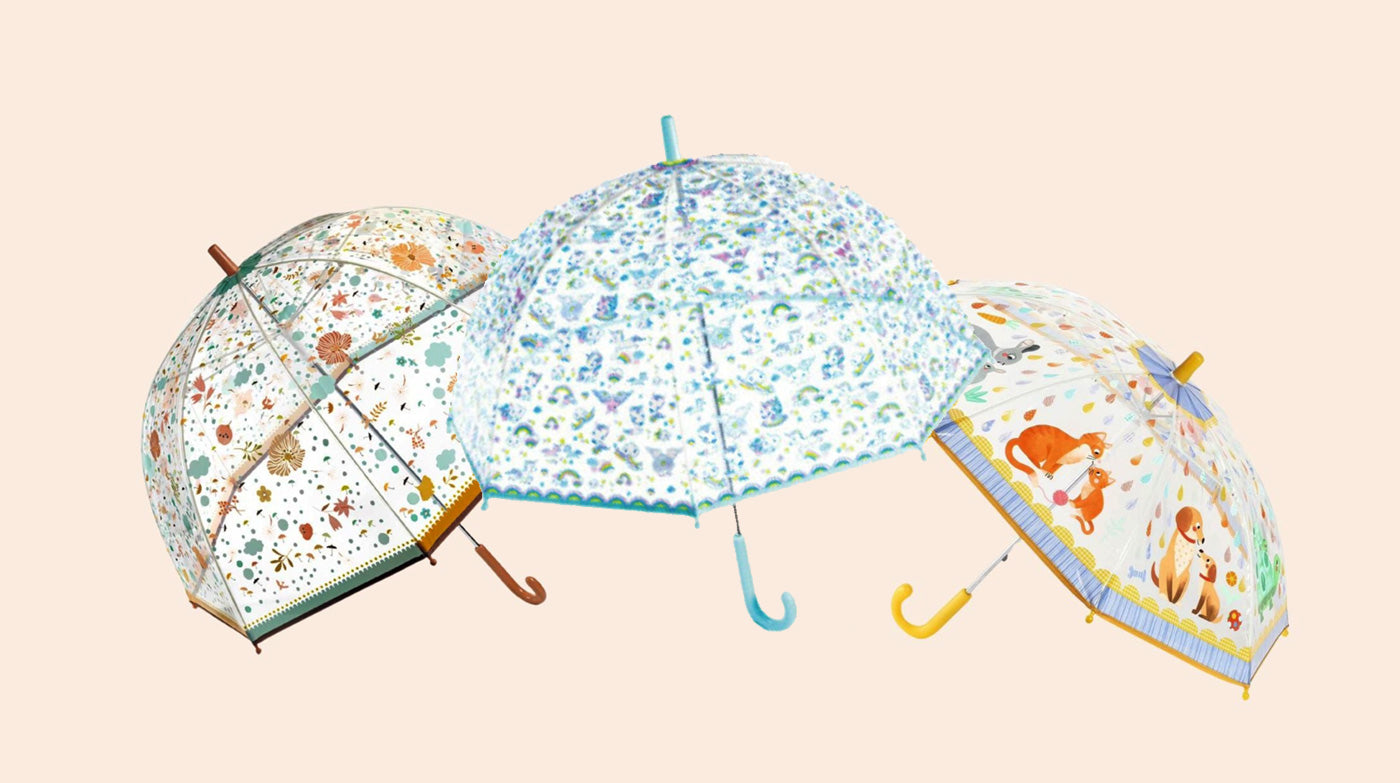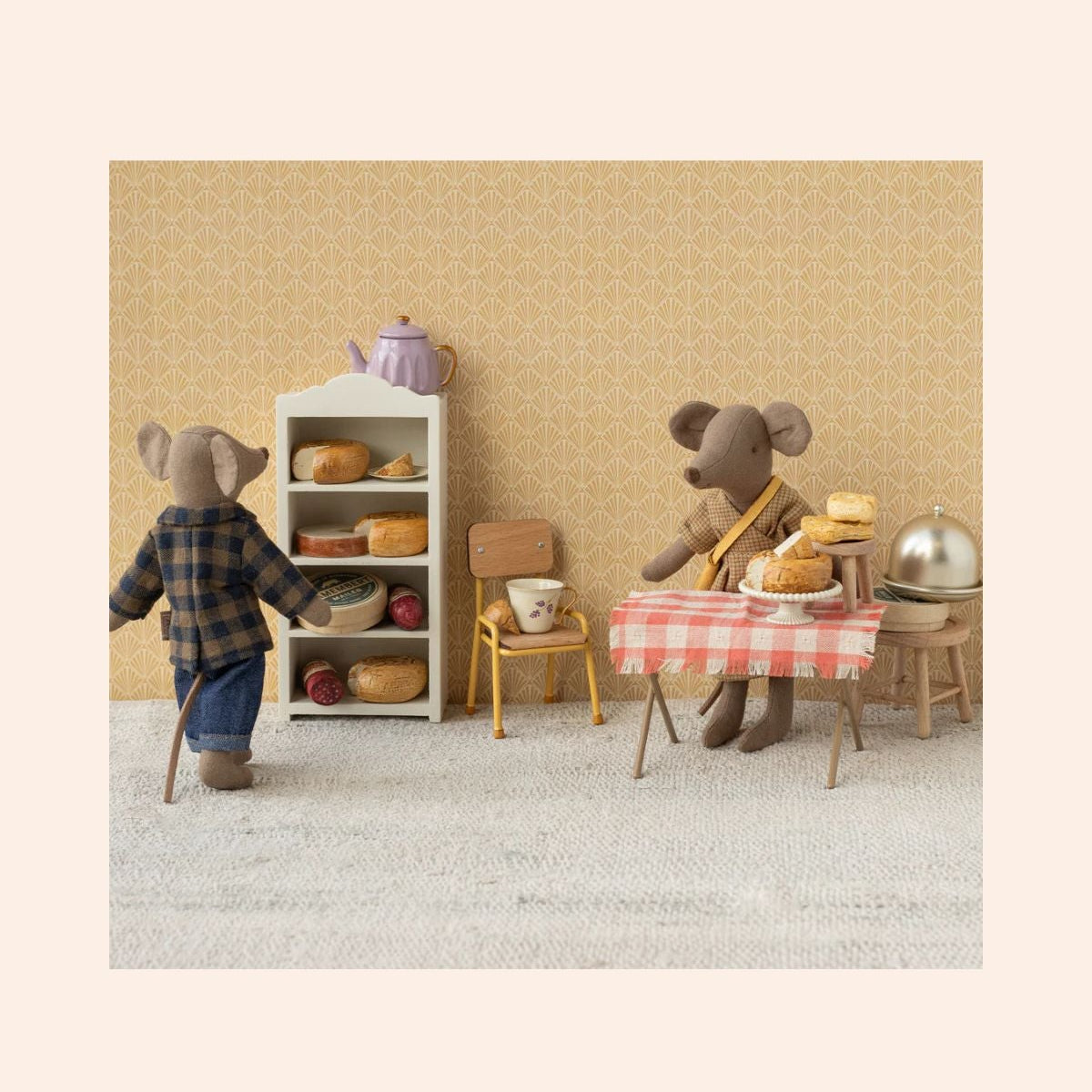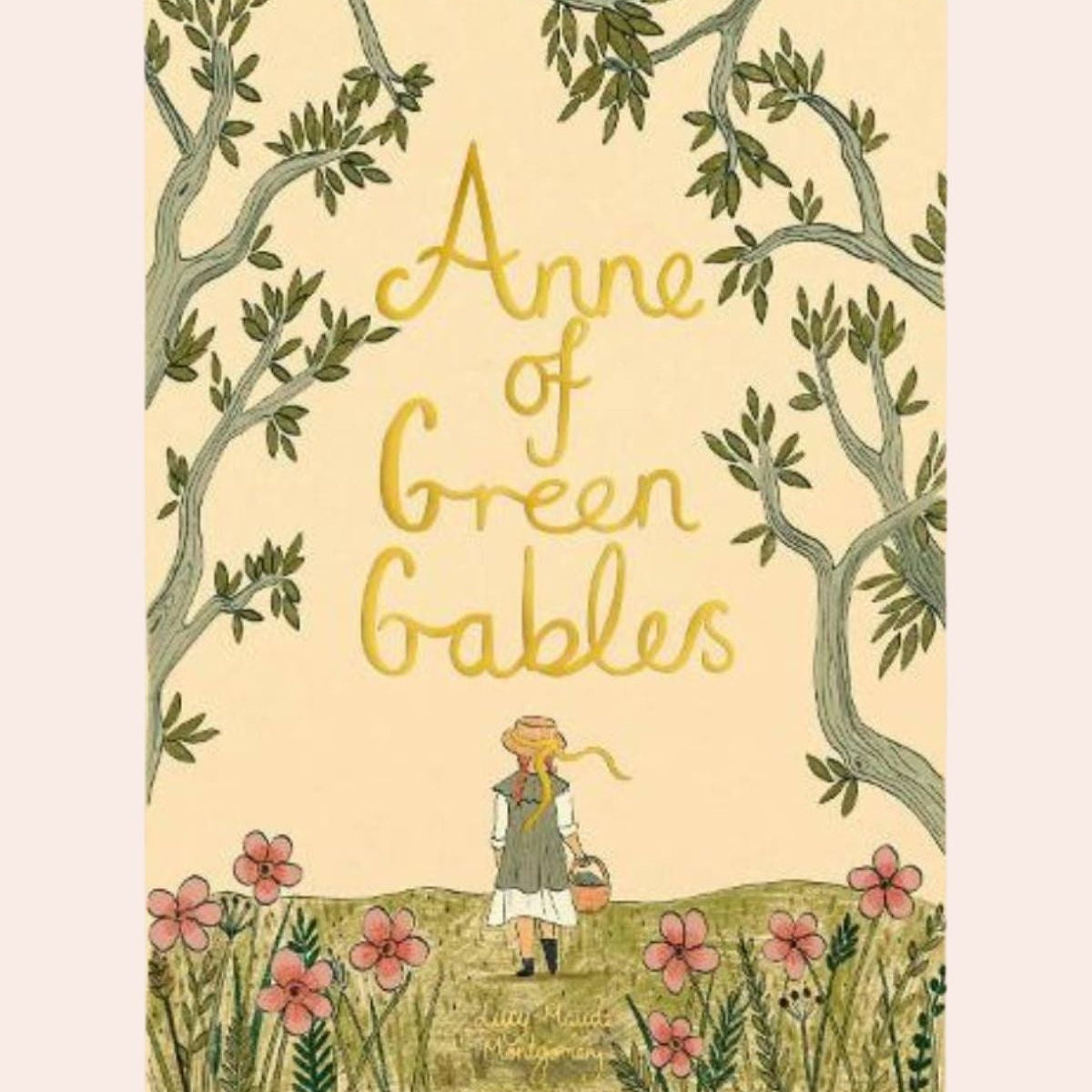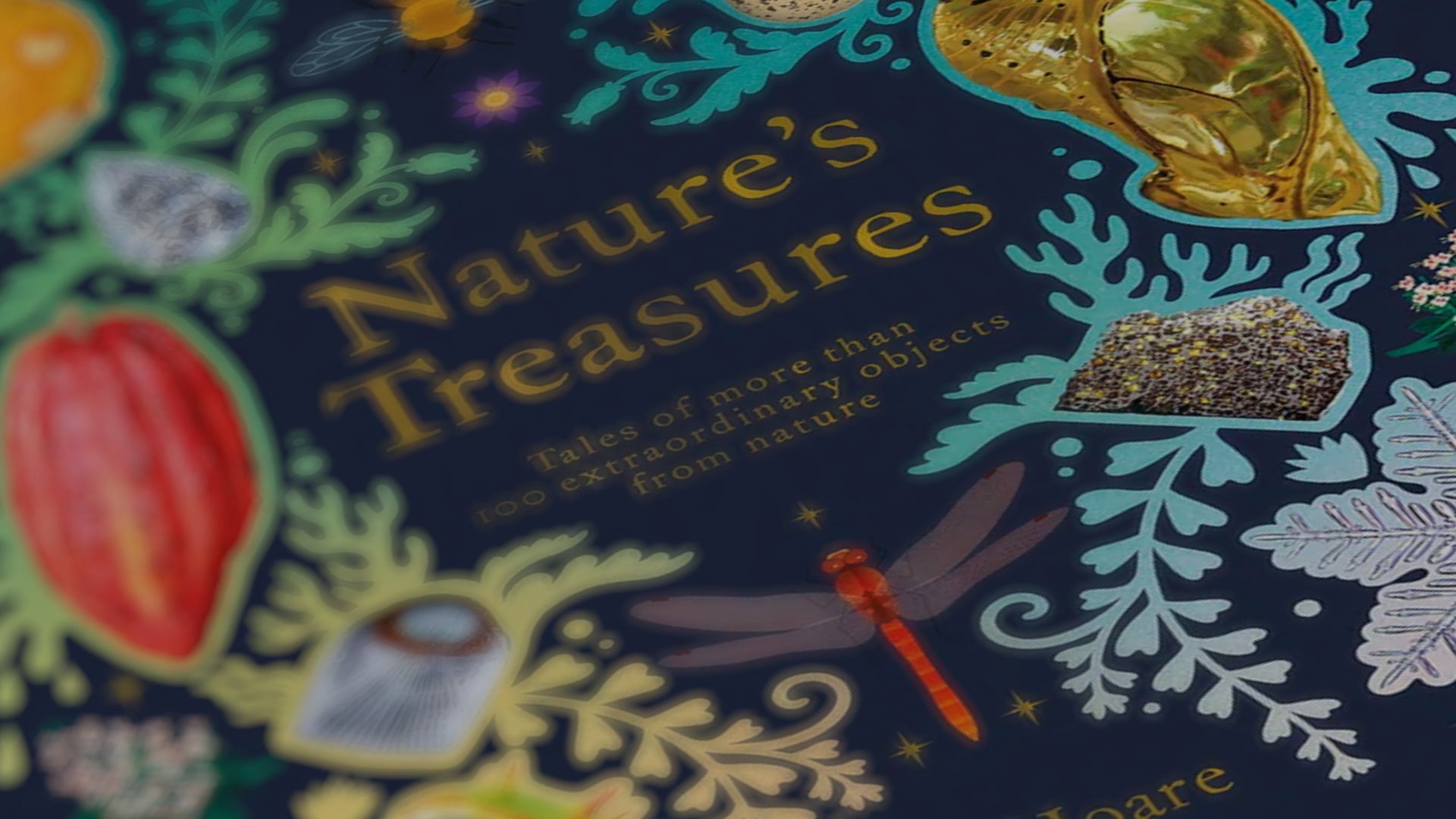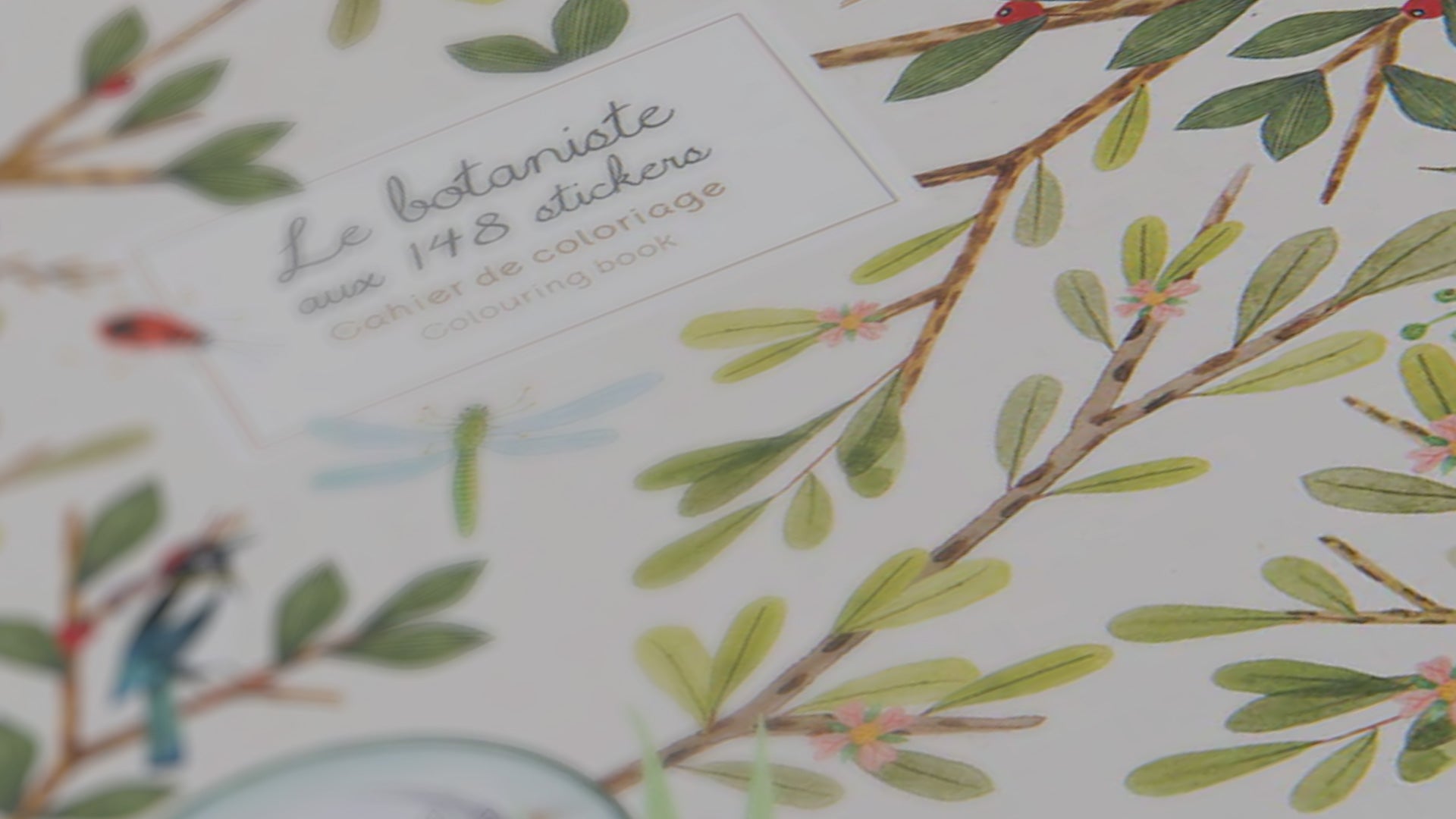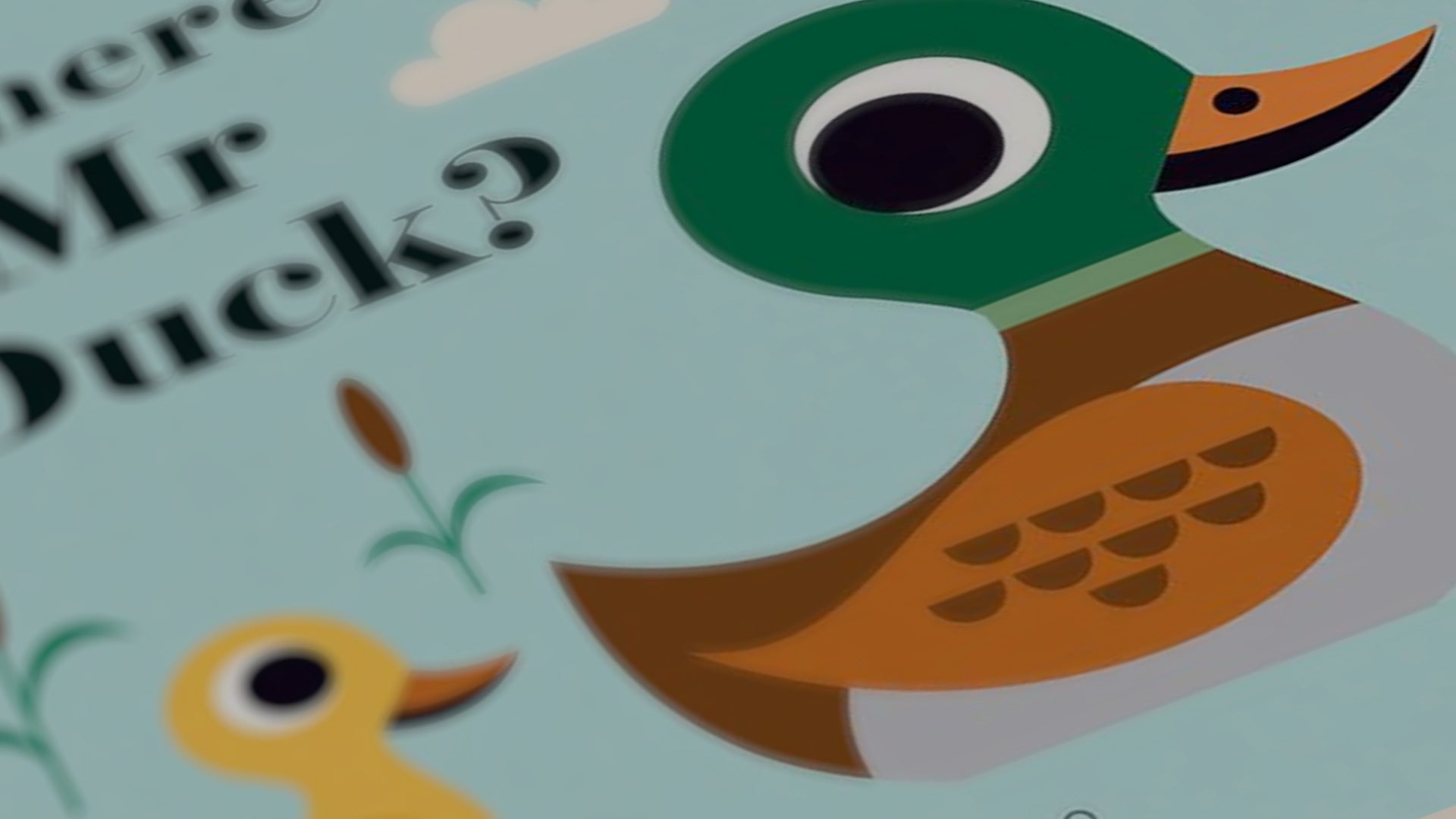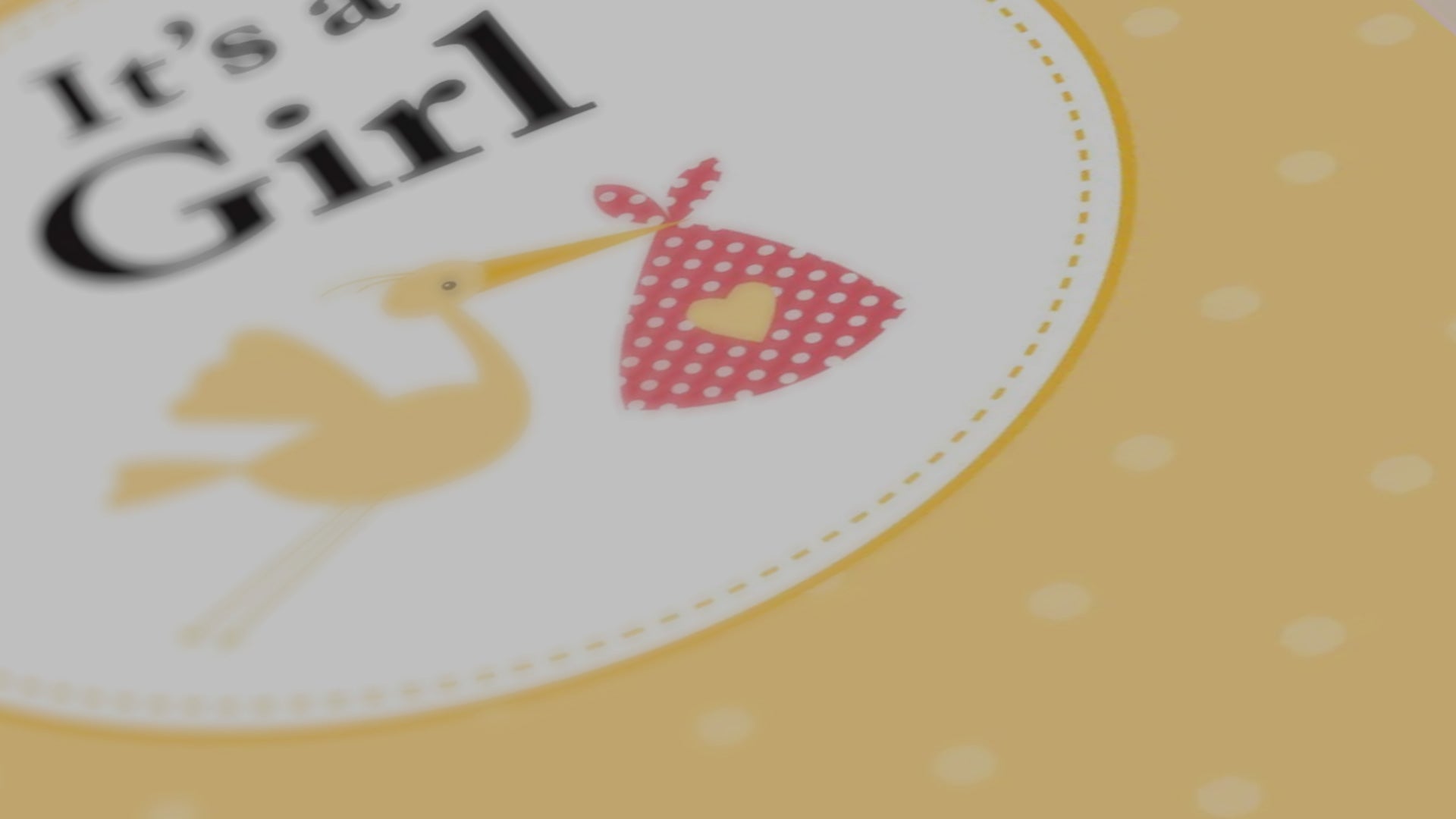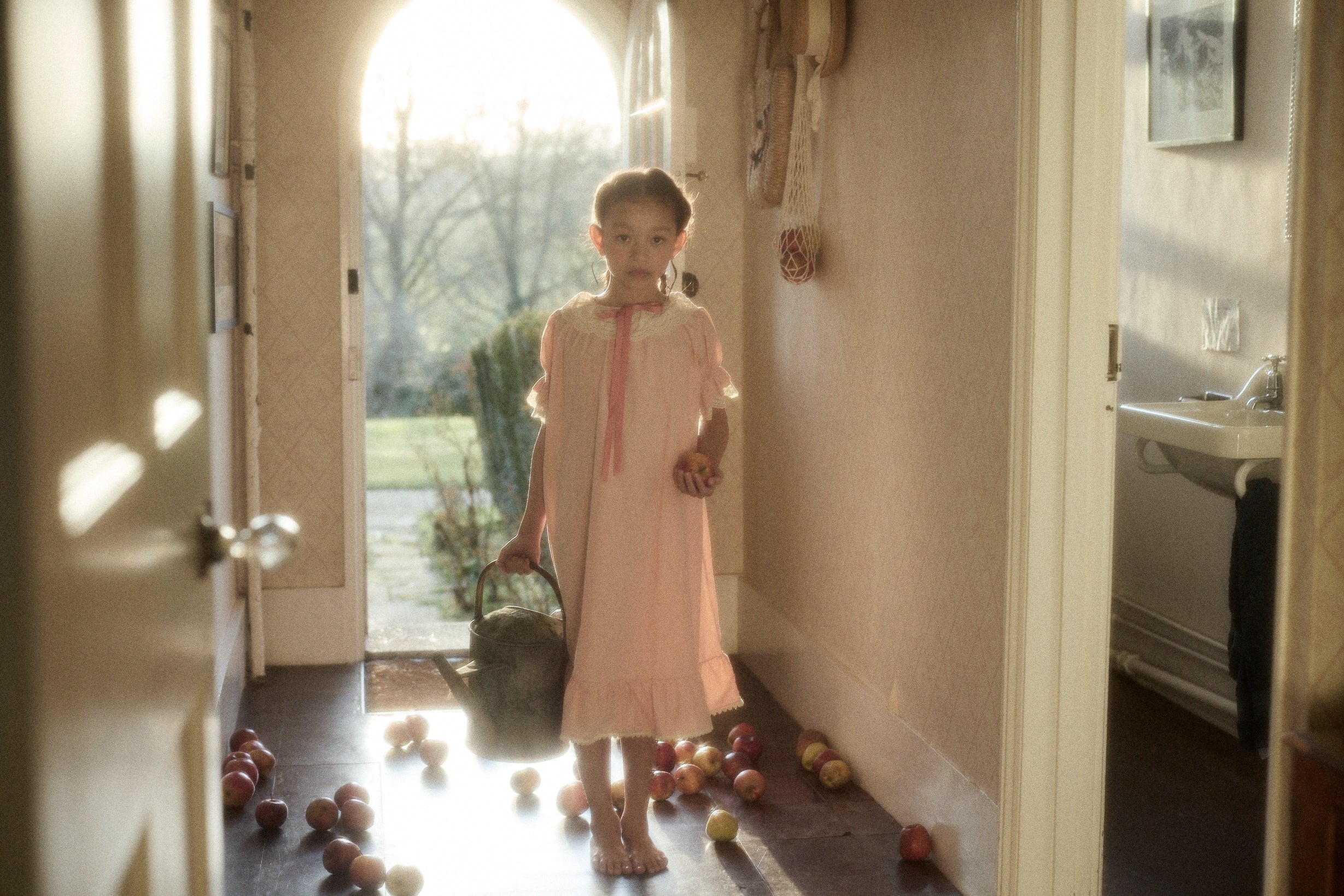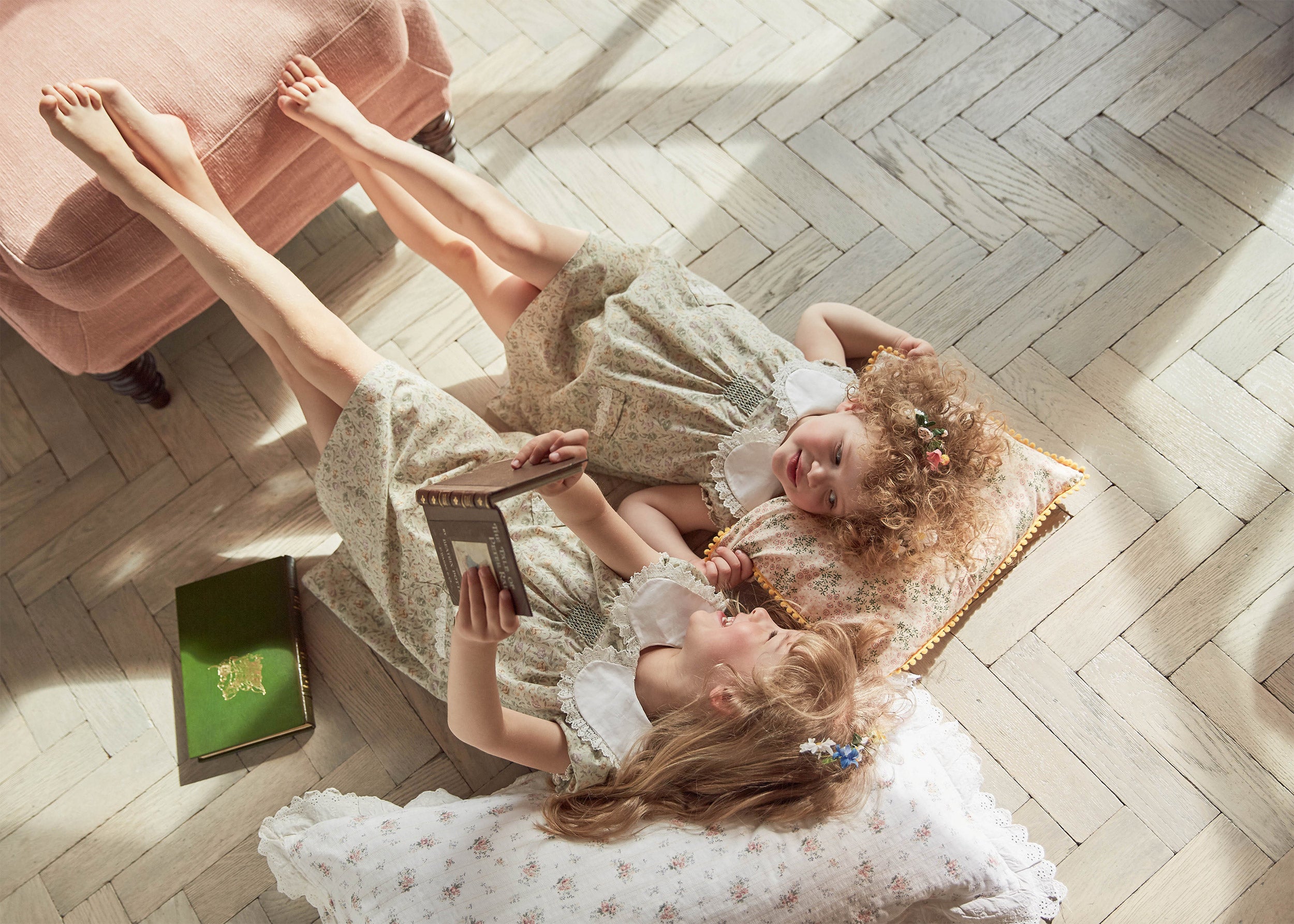How to Unleash the Joy of Dance, with Sarah Hirsch
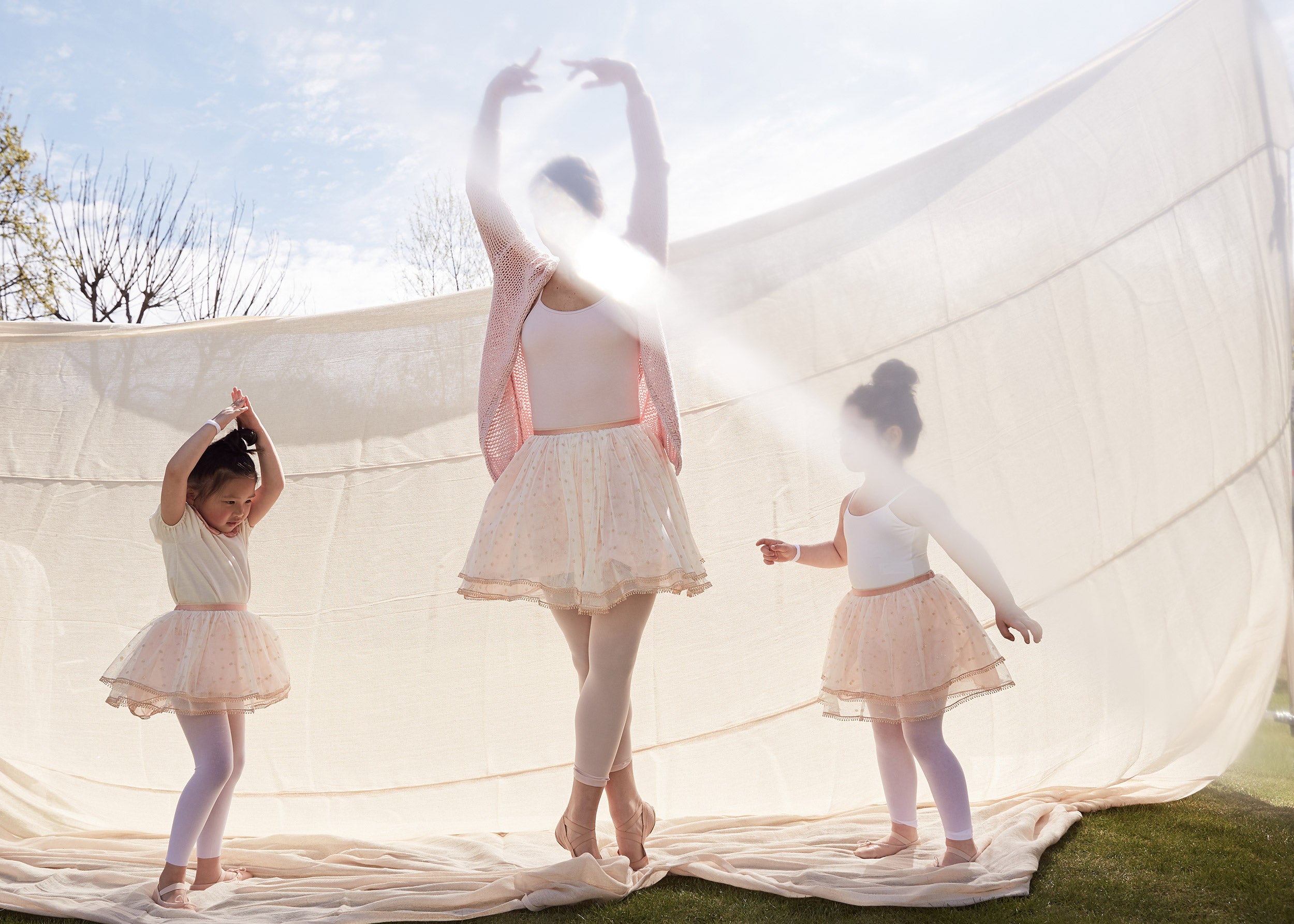
Has anyone ever told you to try and dance like no one is watching? A better piece of advice might be to spend more time prancing about with a young child.
When little ones dance they defy gravity. Not just in the sense of their giddy physicality, but in that infectious emotional freedom, as they fling themselves wherever the mood takes them, untethered from self-consciousness, unbounded by fear of judgement.
It’s a trick that professional dancers take years to perfect, says Sarah Hirsch, an inspirational London-based teacher, performer and choreographer. But it is also a skill that she believes anybody can hone, at any age.
Sarah’s career embodies this sense of possibility. The proud recipient of a Leverhulme Arts Scholarship and member of the prestigious Trinity Laban Conservatoire, she has appeared in music videos for the likes of rapper Big Shaq.
Her mission as a teacher is simple but profound: to harness the innate human desire to move. And the testimonials of the children and adult students of her sell-out contemporary, ballet, barre and jazz classes testify to her success.
At first glance, spending time in Sarah’s company might daunt anyone (like me) who has spent too much time recently idling around indoors, eating too much chocolate, waiting for normal life to resume. Warming up, she sinks into the splits with troubling ease, and her arms appear to shimmer with unearthly grace, almost as if the bones have been replaced by liquid. But within seconds you discover that you’re with a compelling advocate for dance’s delights and underrated benefits.
She shared her story, her insights into the empowering freedoms of dance, and tips for awakening the spring in your step.

You began training at thirteen, which is late for a dancer. What set you on your path?
I was born in the States to German parents and we moved round quite a bit. We were very active physically, too, and all of us got into gymnastics.
Sadly, when I was ten, living in France, my father passed away. So my mother decided we needed a fresh start and we ended up in Cagliari [Sardinia’s capital]. But it was hard to find somewhere to pursue gymnastics there, so my elder sister encouraged me to go to a contemporary jazz class. And I just fell in love. It was a way for me to express my emotions without articulating them. It made me feel free.

How did ballet cast its spell?
Ballet started out as something I couldn’t stand, but that is because I was fearful of it. But after two years I realised I couldn’t do without ballet technique. So I forced myself to work at it, and ended up loving it.
Why? Slowly but surely the whole reason for it became very clear to me, as I started to see how it shaped your technique in contemporary classes. Put simply, ballet helps me to construct the body I need for contemporary dance, showing me ways to deconstruct the movements. So it offers precision, a toolkit of movements. As a result, by 16 I was studying dance at DAF, the Dance Arts Faculty in Rome.

It was a bit late to pursue ballet for my main focus. Right now my preference is contemporary; I like to scribble and colour outside the lines. But yes, I fell in love with the tutu. Open my wardrobe and you will find multiple types of skirts. Their fabric reflects the kind of movement you are going for, with long, flowy skirts, like something from a Degas painting, and of course a pancake tutu.
Describe your journey as a dancer, choreographer and teacher.
Dance is always full of surprises, and has been a passport to so many fun and exciting places. Often I’ve set my mind on something, such as touring with a company, and in pursuing that goal, met people and ended up doing something unexpected. After graduating I danced for the opera theatre in Cagliari, which offered a beautiful insight into the art world. Another time, a musician, a rapper, got in touch, wanting me to choreograph and perform in a video, and that led to work with other musicians. Now I’m busier than ever, in fact I’m expanding my studio because my diary is full.
Is dance a luxury or a necessity?
Dance is a necessity because we need to know how to use our bodies. We live in them: they’re our tools. But often we don’t know what we’re capable of. Unless we take the time to explore, we’ll never find out.
There are so many benefits. Firstly, it’s incredibly healthy as a workout, at the same time releasing a bunch of neurochemicals that improve your mood. Music and dance heighten emotion too, and people don’t realise how addictive that, as well as the endorphins and the oxytocin, can be.

Often people think about dance primarily in terms of the body. How does it aid the mind and soul – or build character, as our grandparents used to say?
It’s a wonderful form of expression – a chance, if you’re sad or angry, to keep your thoughts to yourself but move those emotions out instead, which can be particularly great for children. You needn’t put those feelings into words, or be limited by the words you have for your feelings. As a child, that really helped me.
It’s also great for countering bullying, teaching children to work well with others. I’m always amazed by the young people, I teach. Even on Zoom they can synchronise a piece. Dance is a relaxed way to link people together with a shared sense of purpose. Because understanding the dancing body isn’t just about your own; it’s about respecting other people’s way of expressing themselves.
Like in a choir: there is closeness, but not cluttered by relationships.
Exactly. Dance also teaches discipline and grace, amazing values that you can take away and apply to any setting. You can’t measure scientifically its value for resilience. But it’s such a powerful way to learn about trying and failing. You might not get it right the first ten times, you might need to do it twenty times, but that’s okay. Practice makes perfect.

Does teaching complement your other work?
There’s something so beautiful about children dancing; they have no boundaries, no inhibitions, they release everything. Adult contemporary performers spend so much effort, trying to find that quality of freedom.
I always learn so much from my students. You’re seeing something through someone else’s eyes for the first time – it’s a different lens. Sometimes this gives me a completely fresh outlook, allowing me to re-experience my own learning as a student in a new light. It’s like a kaleidoscope: everyone can shine their different light and all these colours come together in the most beautiful way.

How can we encourage children to dance?
See it as an extension of having a jump around and let off steam, and try to fold it into daily life. So if a child’s excited: tell them to dance. If they’re angry: tell them to dance.
I love to get my nieces and nephews moving, having fun, and when I do I can always see a change in their attention. The thing about dancing is that it’s all-mind, all-body consuming, and it is brilliant for children to feel that abandonment and joy.
I teach all ages. In fact, through another school, my youngest ever pupils were fifteen-month-old twins, but that’s too soon for the fundamentals of ballet. What you can teach is the fun and excitement and musicality that goes with it.
The key is always learning through play. Turn everything into a game. I look for something fun and easy for them to grasp as a concept. Children love it when they realise that they are hearing a story in music – a story that they can tell through movement.

Dance also has negative connotations, especially fears around body image. How can we guard against that risk?
Unfortunately, with technology, younger generations are going to be exposed to pressures about how they look. And yes, body image is a factor in sports and arts. But the dance world is trying to make that a non-issue, and embrace a range of body types.
So children need to get into dance with the right mindset, and be sent into class with a strong message. That is, not to let body image define them. Above all, our bodies are a tool. And just as we don’t want our pencil in our pencil box to be blunt, so we need to keep our body sharp so it support us in all that physical work.
In any art form, if we seek excellence, sacrifice is the name of the game. But you can find freedom within it. It’s like when you consider diet. We need healthy foods, but if we’re too obsessive, there can be issues. Equally, variety is important in dance. There should always be space for school, for friends.

Dance seems a bit of a Cinderella in the school curriculum. Should the government appoint a Dance Czar?
Yes! I find it fascinating that children are taught art, painting, music, sport, yet dance seems to be ignored. But this is something that requires no equipment, just a body. It’s great exercise, it teaches movement, it keeps children happy. What’s more, you can improve at any stage. Compare this with languages. Up to the age of ten, children’s brains are sponges, and can pick up anything. After that, it’s more of a struggle. Yet this is not the case for dancers: they can still pick up and learn.
Some resistance may stem from common misconceptions. Namely, that dance is ballet, and that ballet is for girls, slim girls. It doesn’t help that dance is not something that can be marked and tested easily. In a way, it is too vast. So perhaps it needs more study and research to justify greater educational investment.
But think how teenagers generally feel so awkward, moving and talking. At that age, finding dance brought liberty for me, and it could happen in silence. Ballet takes away awkwardness and replaces it with control and grace. It’s beautiful for children to have something that gives them that confidence.
Sarah Hirsch can be reached at contemporarydancemethod.com
Words: Catherine Blyth
Photos: Ulla Nyeman
M&H: Jo Gillingwater
Digital Operator: Katie Rollings

